SoFi Stadium: The Glittering Hollywood NFL Palace - Part 1: A Two Decade Football Drought
- Ken Smoller
- Jan 23, 2022
- 7 min read
Updated: Apr 21, 2023


SoFi Stadium and the Forum, made famous by the “Showtime” Lakers, are on full display when landing at LAX airport. For westbound flights, reserve a window seat on the left side (as you board) of the plane for the amazing view.
Despite being the second largest media market in the United States, Los Angeles lost both of its National Football League teams when the Raiders and Rams skipped town in 1995. For over twenty years, Los Angelino football fans had to resort to their televisions to watch professional football. With the opening of SoFi Stadium in Inglewood part of Los Angeles, the City of Angels now boasts two NFL teams and a $4.9 billion dollar football palace.

A panoramic view of Sofi Stadium during a tour that I took a few days before opening game.
SoFi Stadium is the football oasis that was intended to quench the thirst of Southern Californian football fans after wandering in the desert without football for over two decades. The NFL repeatedly dangled the mirage of a new stadium in front of a slew of franchises negotiating for stadiums in their existing NFL homes. Locations such as the Los Angeles Convention Center site near downtown LA and the Staples Center (now Crypto.com Arena) were under consideration by a parade of potential deep pocketed stadium developers. Despite all these enticements, no NFL time took the bait of SoCal’s siren song until the St. Louis Rams and San Diego Chargers moved there in 2016 and 2017 respectively.
In 2011, The LA City Council approved plans for “Farmers Field” on the site of the Los Angeles Convention Center near downtown Los Angeles and the Staples Center (home of the Lakers, Clippers and Kings).
Until SoFi Stadium was built, NFL teams moved in and out of Los Angeles like a struggling actor moving between temporary apartments and friends’ couches while struggling to shift from part-time waiter into Hollywood star. The first team to try to make it to Hollywood was the Cleveland Rams, who moved into the Los Angeles Coliseum in 1946 from their prior homes of Cleveland Municipal Stadium and League Park, both of which was shared with the team now known as the Cleveland Guardians.
The Cleveland Rams played in the former homes of the team now known as the Cleveland Guardians from 1936 until the moved into the Los Angeles Memorial Coliseum in 1946.
The Los Angeles Rams shared a home with the USC Trojans from 1946 until they left the Coliseum in 1979. The Rams moved 34 miles southeast to suburban Orange County in 1980 to Anaheim Stadium, home of the California Angels baseball team. To accommodate the Rams, the “Big A” was enlarged by about 25,000 seats with the construction of a huge outfield upper deck. The “Los Angeles” Rams remained in Anaheim as Disneyland‘s neighbor until they moved in 1995 to another baseball stadium, the St. Louis Cardinals’ Busch Stadium II. After the Rams departed, Anaheim Stadium was turned back into a ballpark and renamed Angel Stadium for the “Los Angeles” Angels of Anaheim.
After the Rams moved away from Disneyland, Anaheim Stadium was shrunk down and renamed Angel Stadium.
Right about the time the Rams abandoned Anaheim for St. Louis, the Los Angeles Raiders departed the LA Coliseum, in which they had crashed on USC’s couch from 1982 until 1995. Ironically, the Raider’s owner Al Davis decided to move back to Oakland in 1995 when the NFL denied him the exclusive right to build a stadium on the Hollywood Park site that now houses SoFi Stadium. The NFL conditioned a move to Inglewood on a sharing arrangement with a second NFL team and Al refused.
For more exciting details about the Raider’s stadium sagas, check out my award-adjacent blog post Welcome to the Death Star.
As a result, the second largest media market went without an NFL team from 1995 until 2015.
In 1995, the Raiders swapped the Los Angeles Memorial Coliseum for the Oakland Alameda County Coliseum (now the RingCentral Coliseum).
During the two decades without NFL football, Los Angeles did not lack for sporting events or big time football. USC had a period of dominance, albeit somewhat controversially. Meanwhile, UCLA played on with a bit less glory at the Rose Bowl in Pasadena, which also is home to “The Granddaddy of Them All” – the annual Rose Bowl game. In additional to college football, Los Angelinos still had other sporting options such as Dodger baseball, UCLA basketball and LA Galaxy soccer.
Left: The Rose Bowl in Pasadena.
Middle: Dodger Stadium.
Right: UCLA’s Pauley Pavilion
Even without a shiny new NFL stadium, construction of sporting venues in Los Angeles continued during the pro football drought. The Staples Center opened on the edge of downtown in 1999 to house the Lakes and Clippers of the NBA and Kings of the NHL. In 2006, USC basketball moved out of the old Los Angeles Memorial Sports Arena next to the LA Coliseum into the red-bricked Galen Center on its campus.
The LA Sports Arena had been home to a variety of teams since it opened in 1958, as well as a filming location for movies such as Rocky. The aging arena had its curtain call as the temporary home of UCLA basketball during the redevelopment of Pauley Pavilion in Westwood during the 2011-12 season. The Sports Arena was demolished in 2016 to make way for the construction of the fantastic new home for the Los Angeles Football Club (LAFC) – the Banc of California Stadium. The City of Angels now has a deep bench of both new and historic stadia, which helped the city to secure the 2028 Summer Olympics.
Clockwise from Top Left: Banc of California Stadium, home of LAFC; Dignity Health Sports Park in Carson, CA, home of LA Galaxy; Galen Center, home of USC Trojan basketball; the now-demolished LA Sports Arena.
After years of fits and starts, the stars started to align for new stadium development in LA. The Rams never quite seemed to unpack its boxes and settle into its new home in St. Louis. They played briefly as a tenant of the St. Louis Cardinals baseball team at Busch Stadium, which had once housed the Cardinals football team from 1966 until they moved to Arizona in 1988. They moved into the brand new dome first called the Trans World Dome and later the Edward Jones Dome. While in St. Louis, the Rams won their first Super Bowl in 1999, yet played in a stadium that they deemed obsolete almost from the start.
Left: Busch Stadium II was briefly home to the St. Louis Rams for four games in 1995.
Right: The dome with many names that housed the Rams from 1995 until they returned to LA in 2016.
The NFL flirted with a return to Los Angeles almost yearly after the Raiders and Rams departed in 1995. Every time a city was reluctant to fund a new stadium or stadium improvement, a move to LA always was used as a threat. It was the Ram’s owner Stan Kroenke who finally made it happen. Kroenke, who married into the Wal-Mart fortune, also owns a slew of other pawns in his sporting kingdom, including the NBA’s Denver Nuggets, the NHL’s Colorado Avalanche, the MLS’ Colorado Rapids and the English Premier League’s Arsenal F.C.
Left: Emirates Stadium in London, home of Arsenal F.C.
Middle: Dick’s Sporting Goods Park in Commerce City, CO, home of the MLS’ Colorado Rapids.
Right: Ball Arena in Denver, home of the NBA’s Nuggets and NHL’s Avalanche.
Not content with destroying the hopes and dreams of faithful Arsenal supporters*, Kroenke reached uber billionaire villain status by moving his HOMETOWN team out of his HOMETOWN St. Louis to chase extra dollars in Los Angeles. It was Kroenke that kickstarted the LA stadium development when he surreptitiously acquired huge land parcels in Inglewood adjacent to Hollywood Park that ultimately forced the NFL’s hand.
*Author bias alert: I have been a fan of Arsenal since 2002ish.
Left and Middle: St. Louis from the ground and sky; Right: Downtown Los Angeles
While Stan Kroenke schemed to abandon his HOMETOWN , the San Diego Chargers’ owner Dan Spanos had his own battles with the classy people of San Diego. The Chargers had debuted in 1960 as the Los Angeles Chargers at the LA Coliseum before moving to San Diego a year later into Balboa Stadium. The Chargers played in Balboa Stadium until they moved into a then-state of the art San Diego Stadium (later dubbed Jack Murphy Stadium among other names) along with the expansion of the San Diego Padres baseball team.
Left and Middle: The 1967-built San Diego Stadium was known by many names and was the home of the Chargers from 1967-2016 and the Padres from 1967-2003.
Right: The now scaled down Balboa Stadium adjacent to Balboa Park, which once held over 34,000 fans when the Chargers played there from 1961-1966.
During its final years, the stadium had become obsolete and was one of the smallest NFL stadiums. While their roommate the Padres moved into the nearly perfect Petco Park in downtown in 2003, the Chargers struggled to make a stadium financing deal with the City of San Diego. After a stadium funding referendum failed to pass, the Chargers agreed to be the second tenant at SoFi Stadium.
The highly regarded Petco Park in downtown San Diego has been the MLB’s Padres home since 2003.
With both the Rams relocating to Los Angeles in 2016 and the Chargers in 2017, they needed temporary places to play while their new home was being built in Inglewood. The Rams opted for a brief return to one of their old homes, the cavernous LA Coliseum. Meanwhile, the Chargers shared the much smaller Dignity Health Sports Park, the 27,000 seat home of the LA Galaxy.
Left: The Rams moved into the LA Coliseum for the temporary home while SoFI Stadium was under construction.
Right: The Chargers temporary home was the LA Galaxy’s Dignity Health Sports Park in Carson, CA.
After a two decade absence, the NFL returned with two teams. Additionally, it was a return to glory for the Inglewood section of Los Angeles. Long associated with Magic Johnson’s “Showtime” Lakers, the neighborhood had been missing pro sports since the Lakers and Kings moved downtown in 1999 to the Staples Center. As shown in the photo below, construction was well underway by 2019 and the stadium prepared for its Hollywood debut.
All photographs and text by Ken Smoller. ©2023 Stadium Vagabond – All Rights Reserved.
Top L to R: The Forum in Inglewood in 2021; Magic Johnson at the Forum in 1990; the Lakers game at the Forum in 1990. Bottom L to R: Hollywood Park prior to its demolition to make way for SoFi Stadium; SoFi Stadium under construction in 2019 with the Forum in the background.

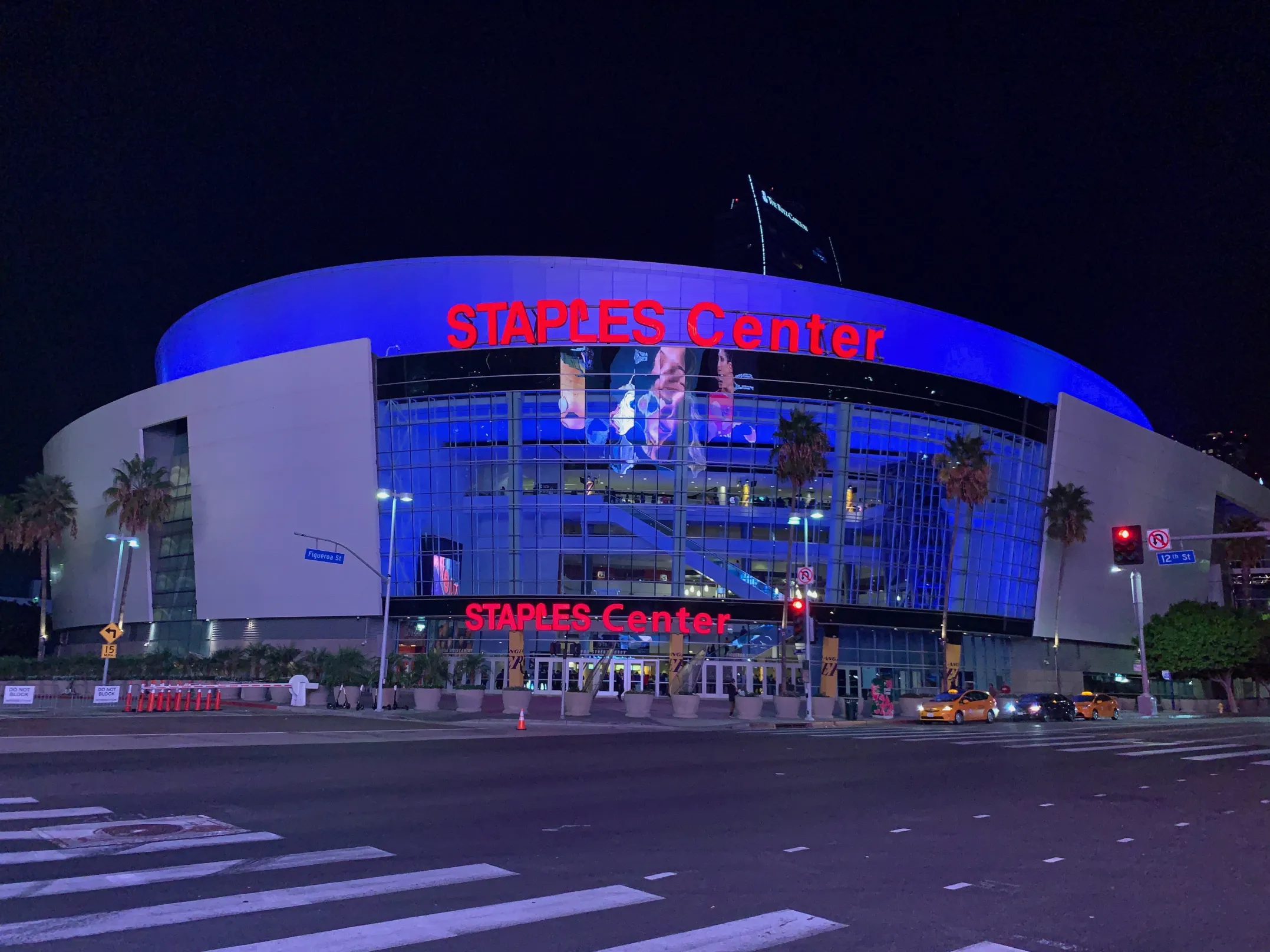
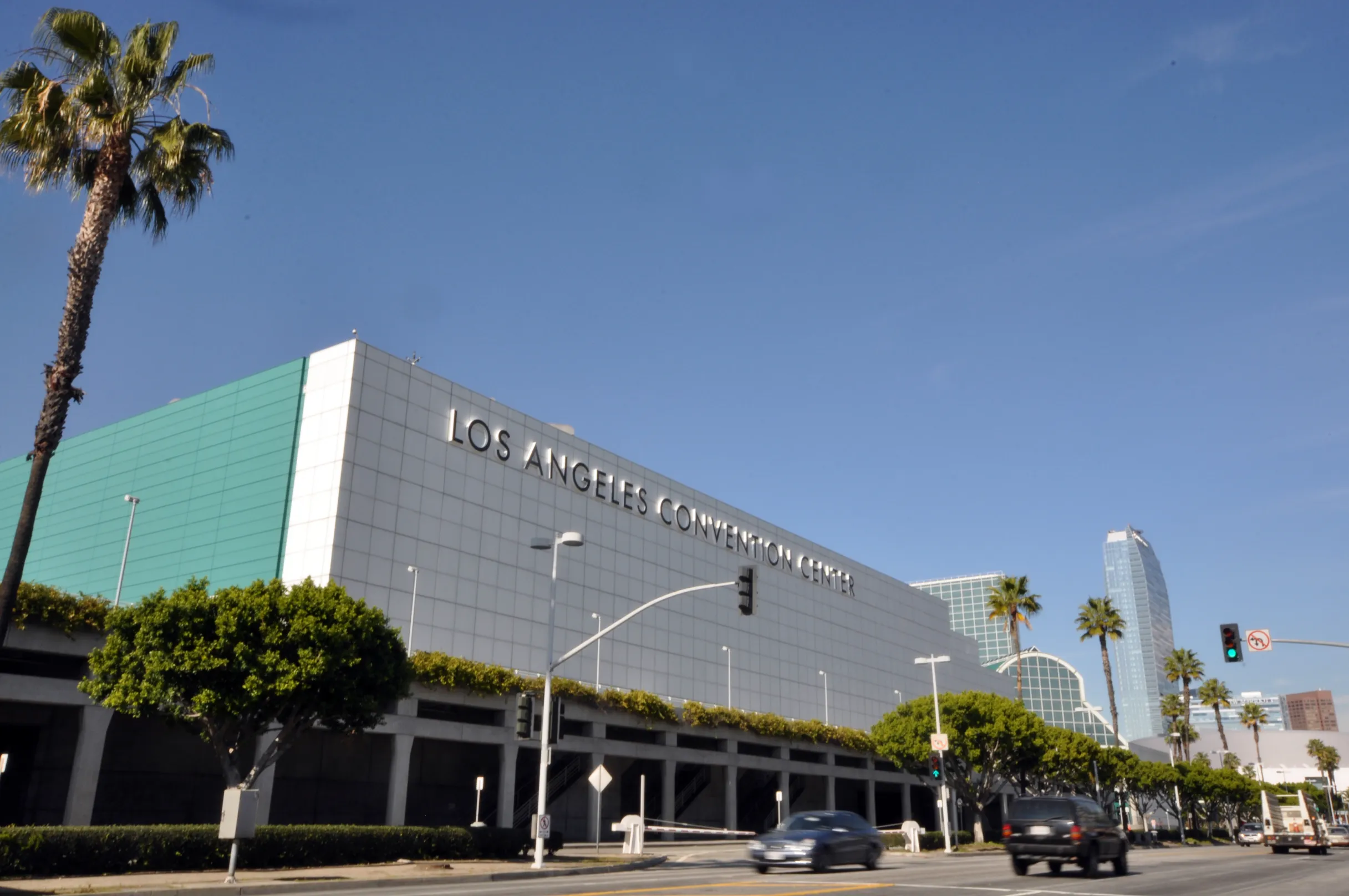
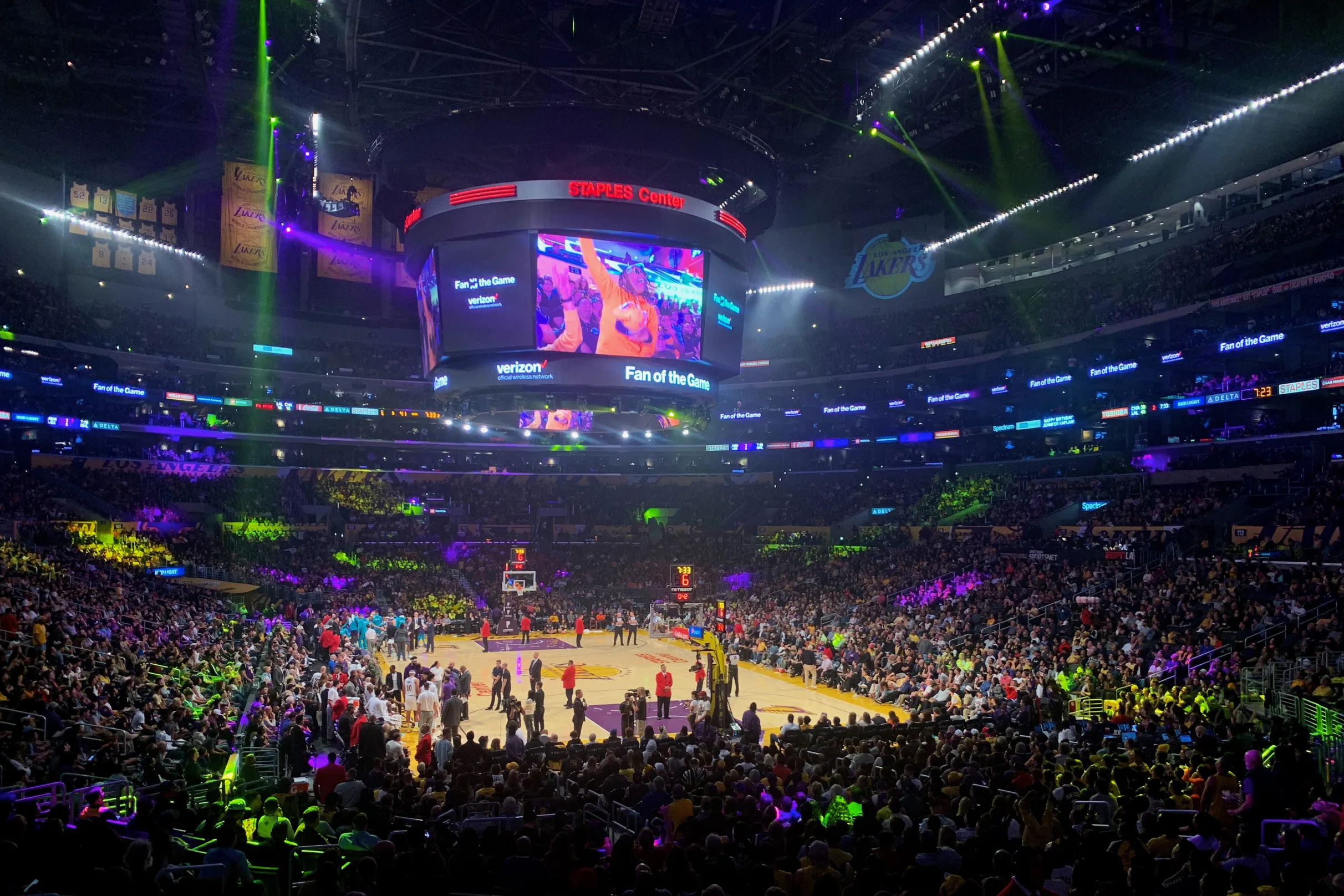
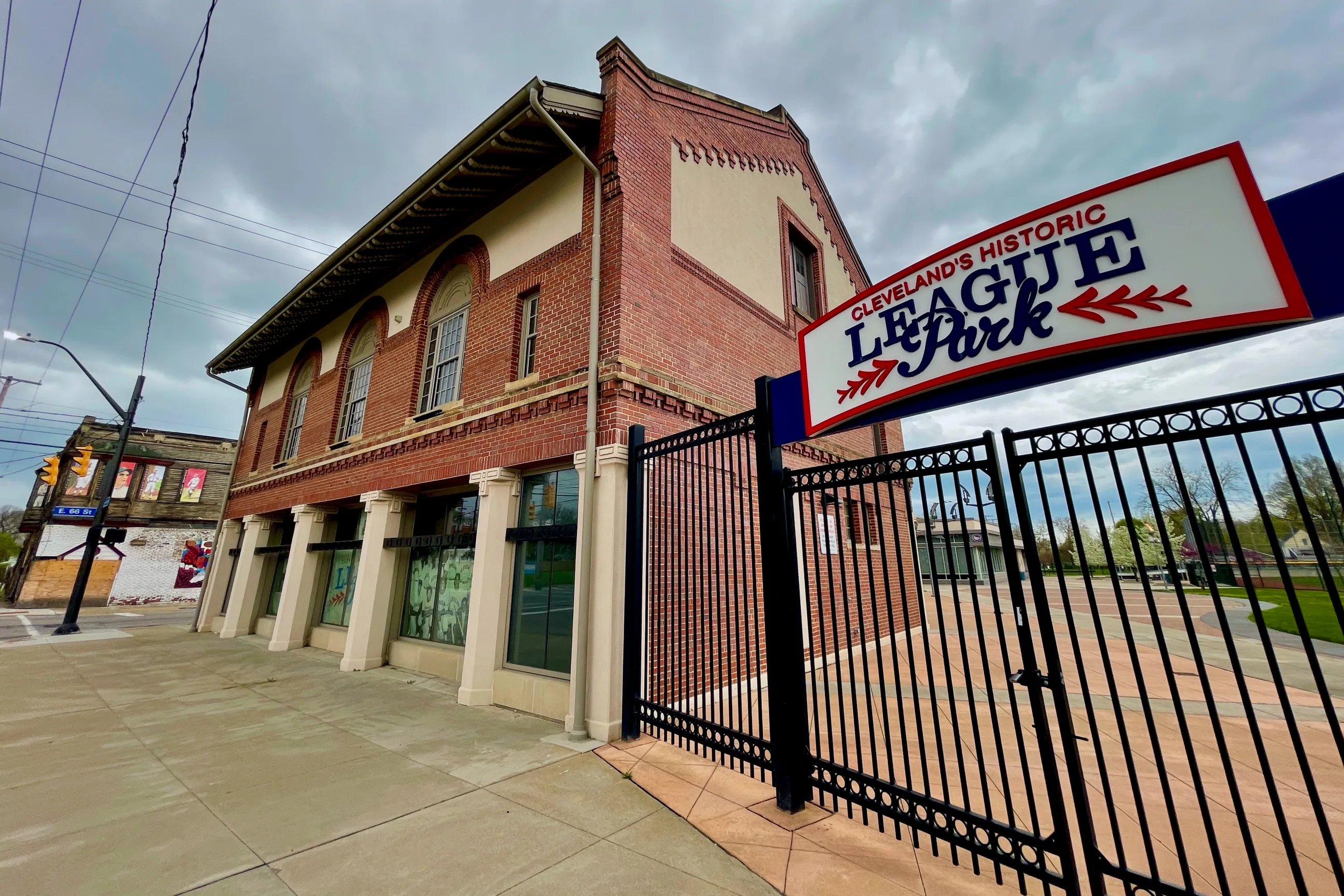
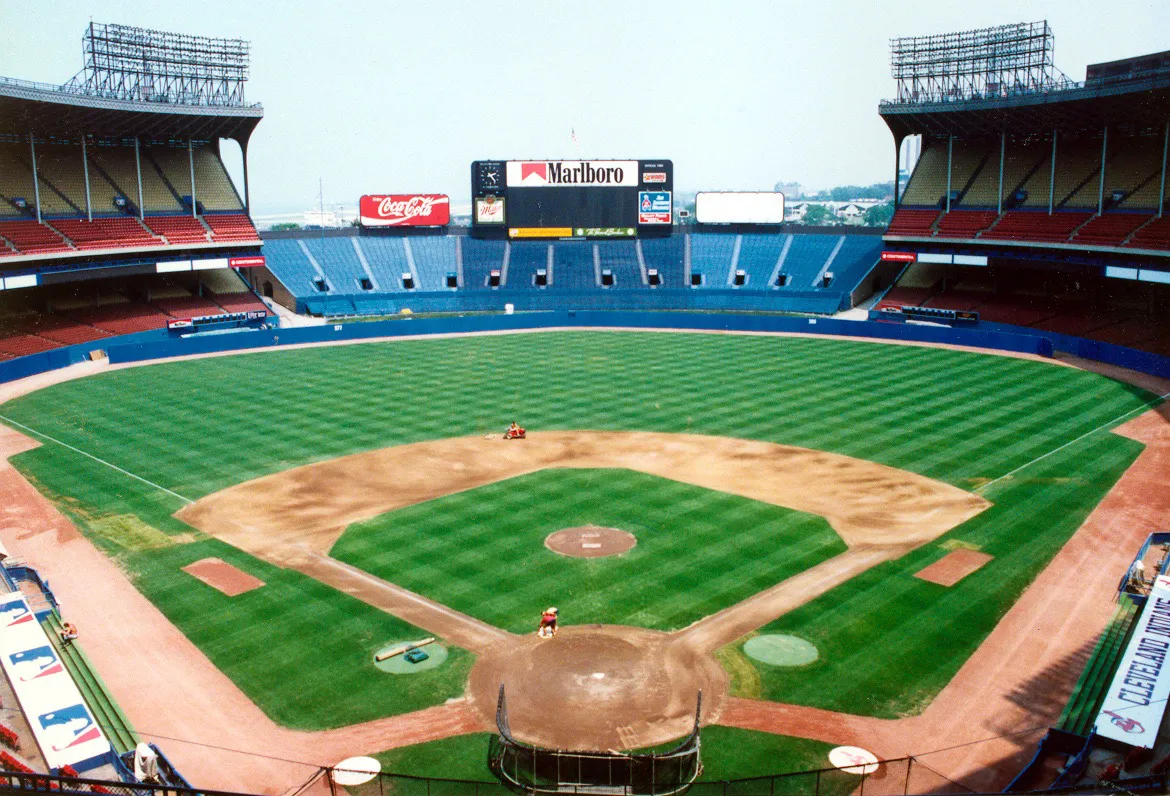
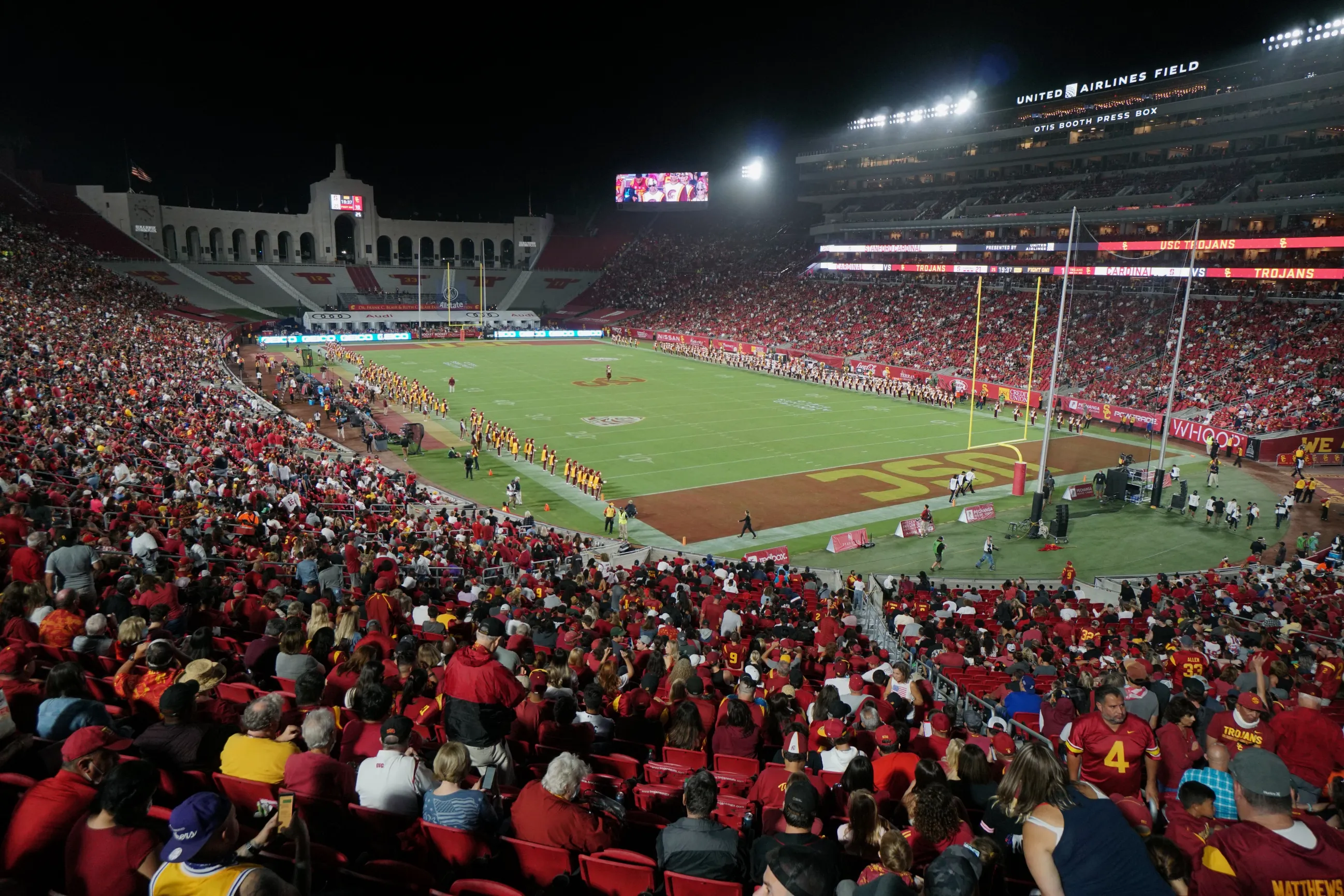
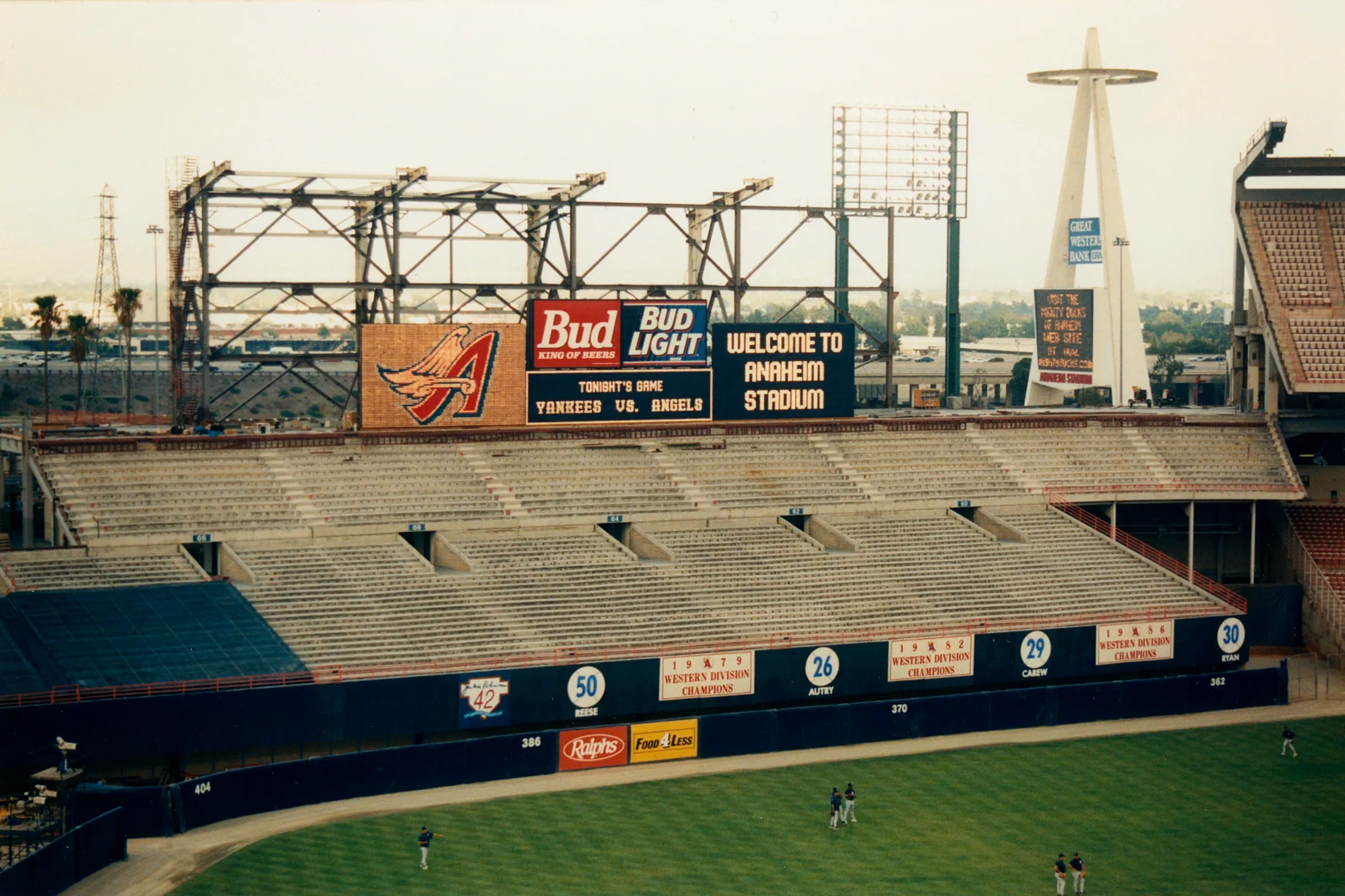
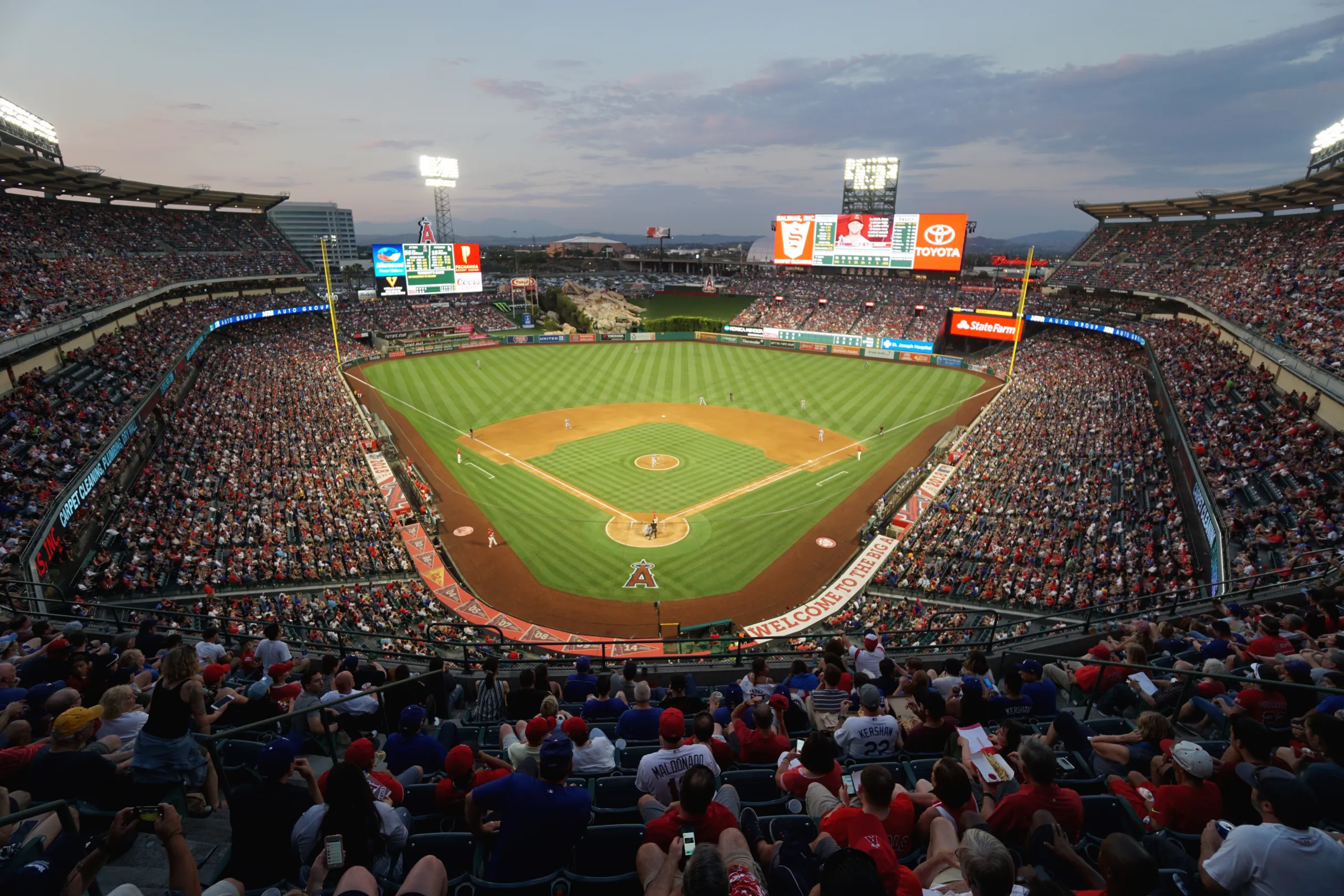
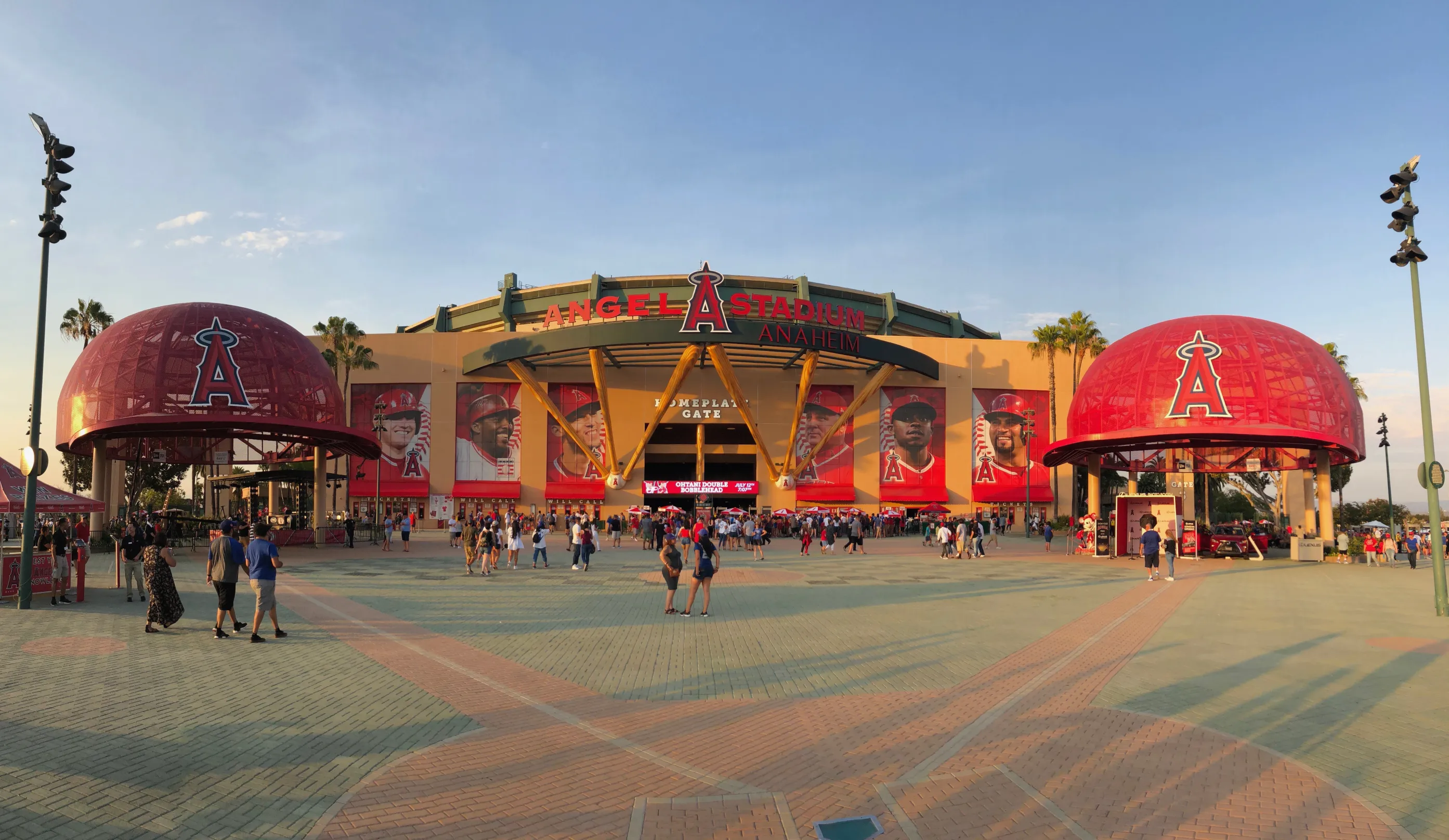
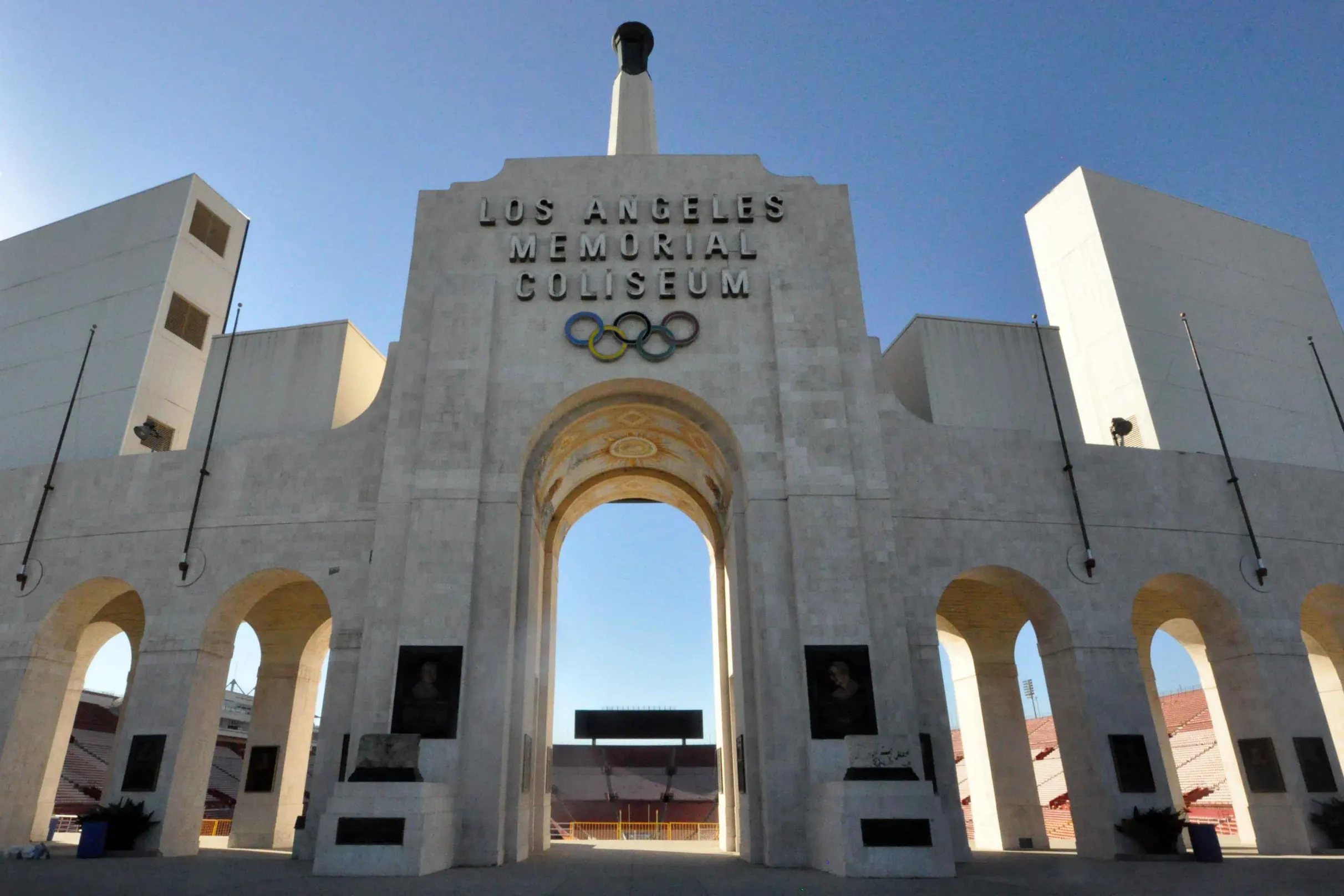
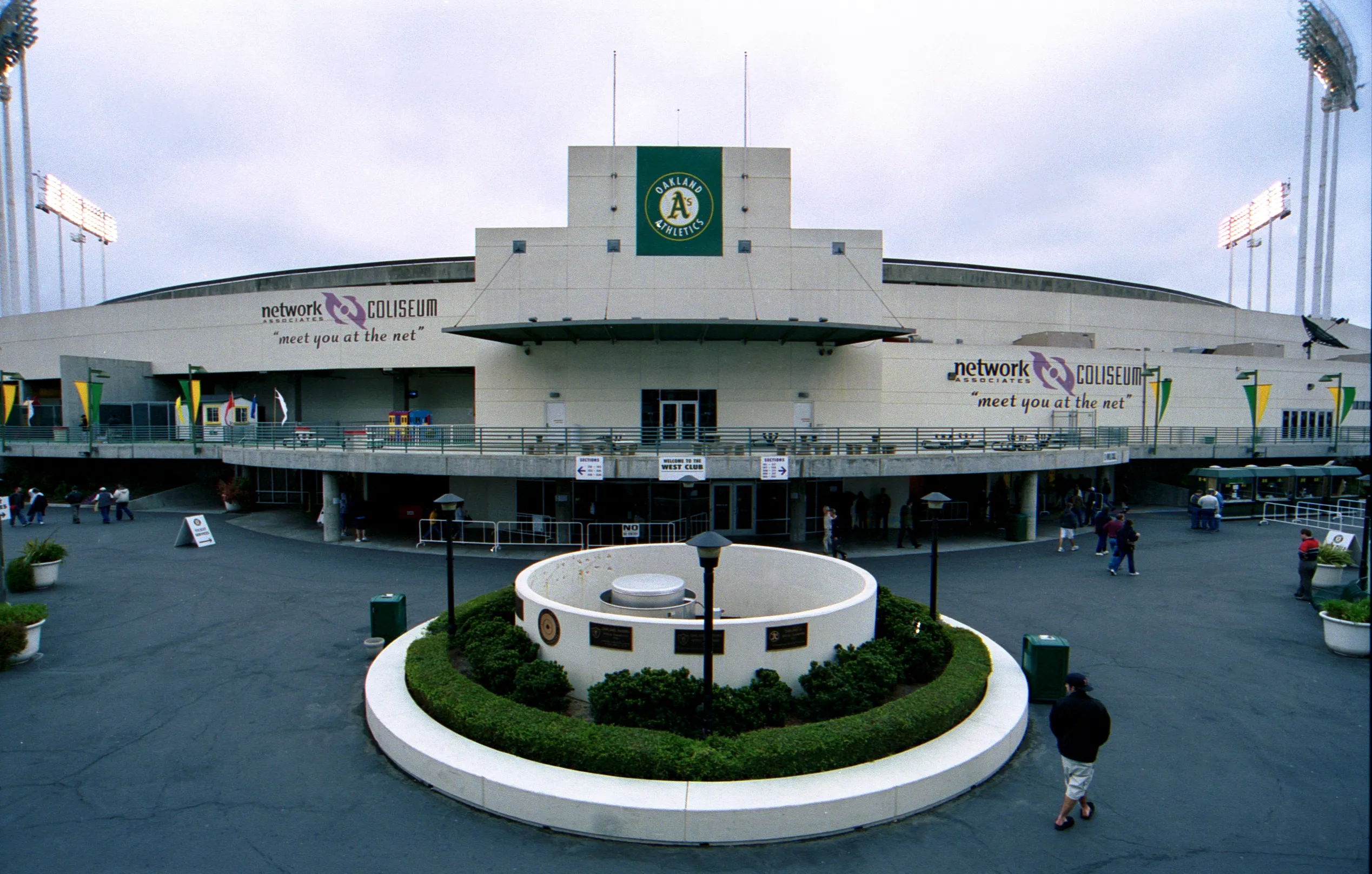
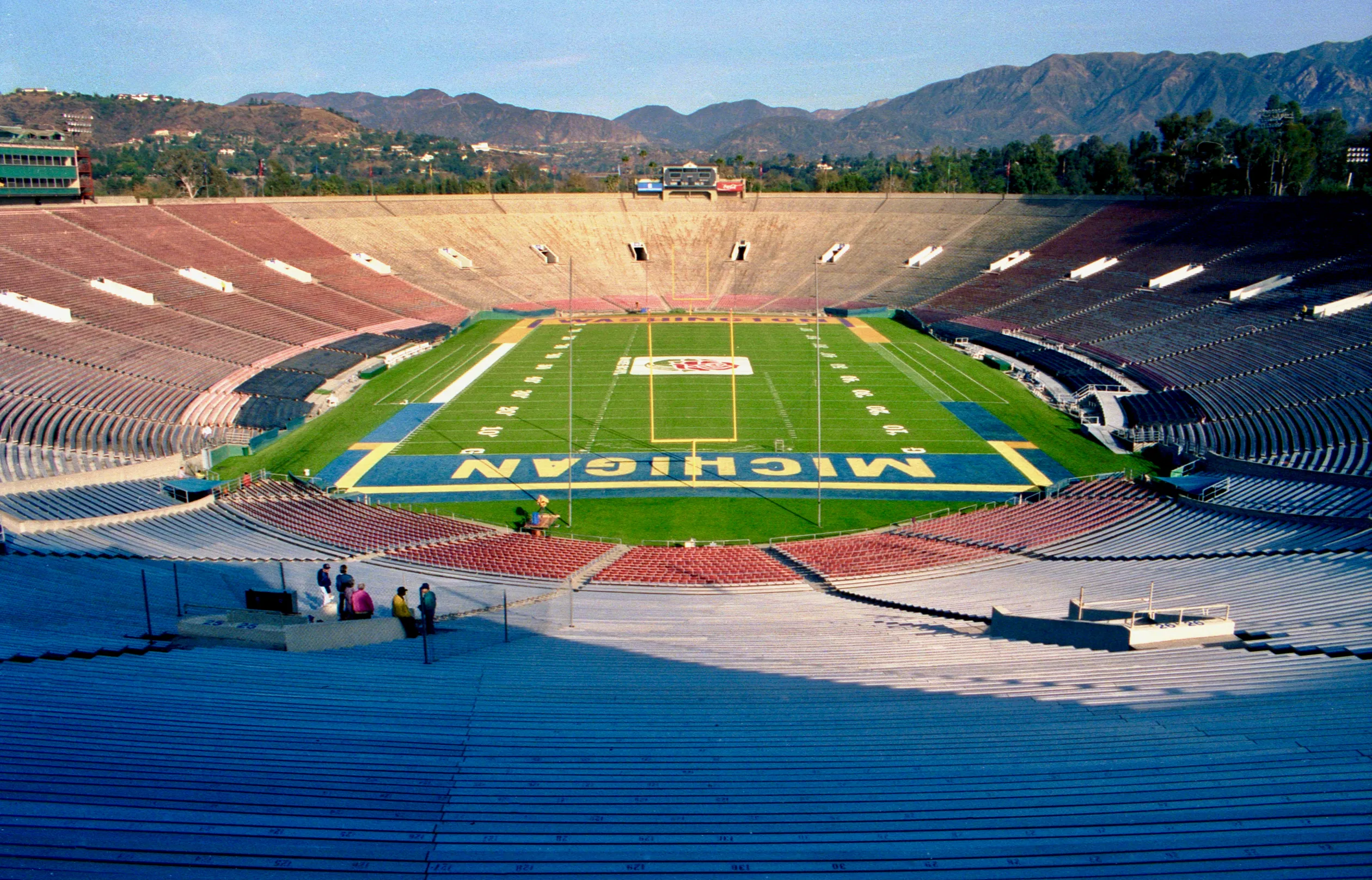
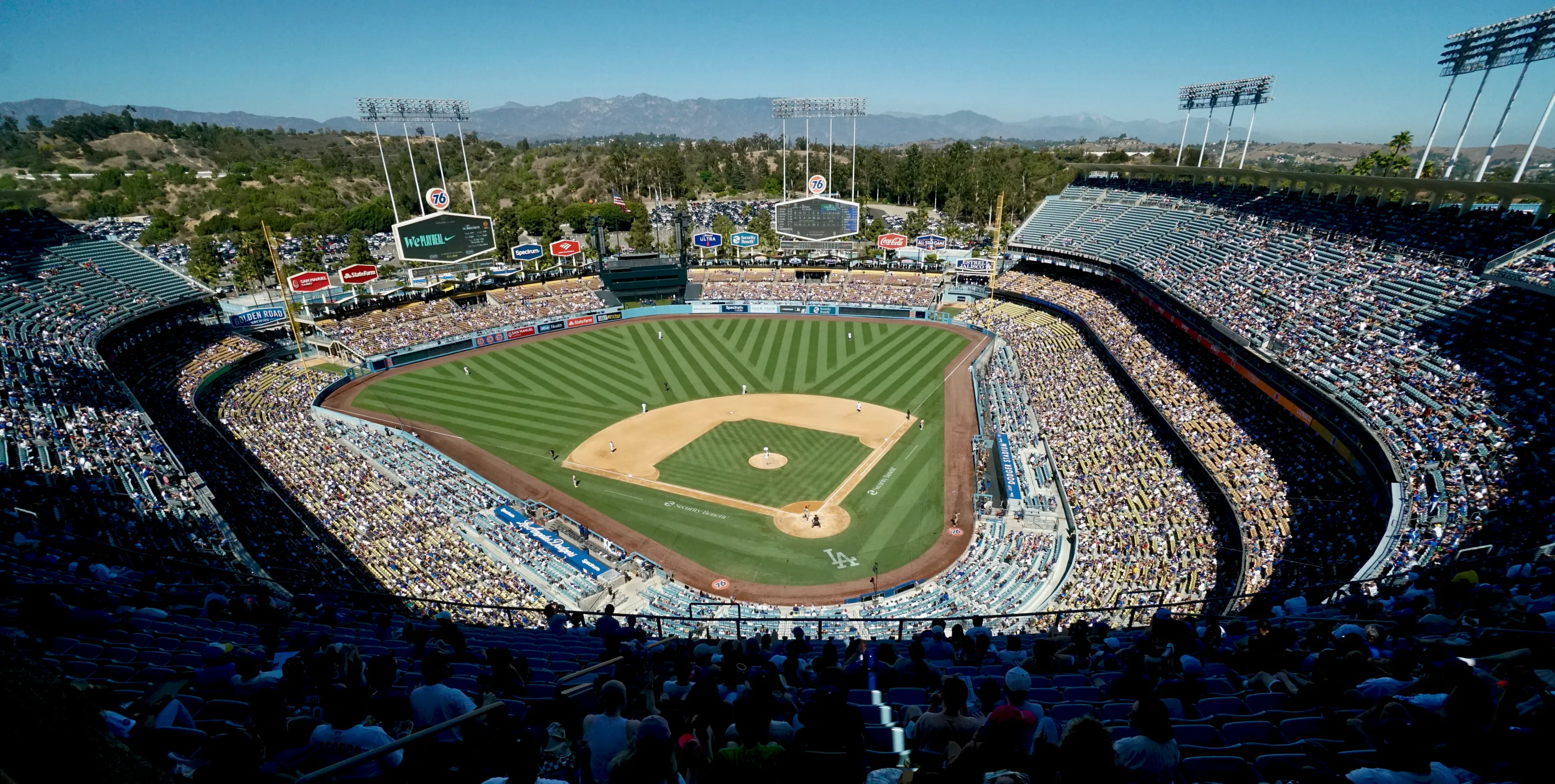
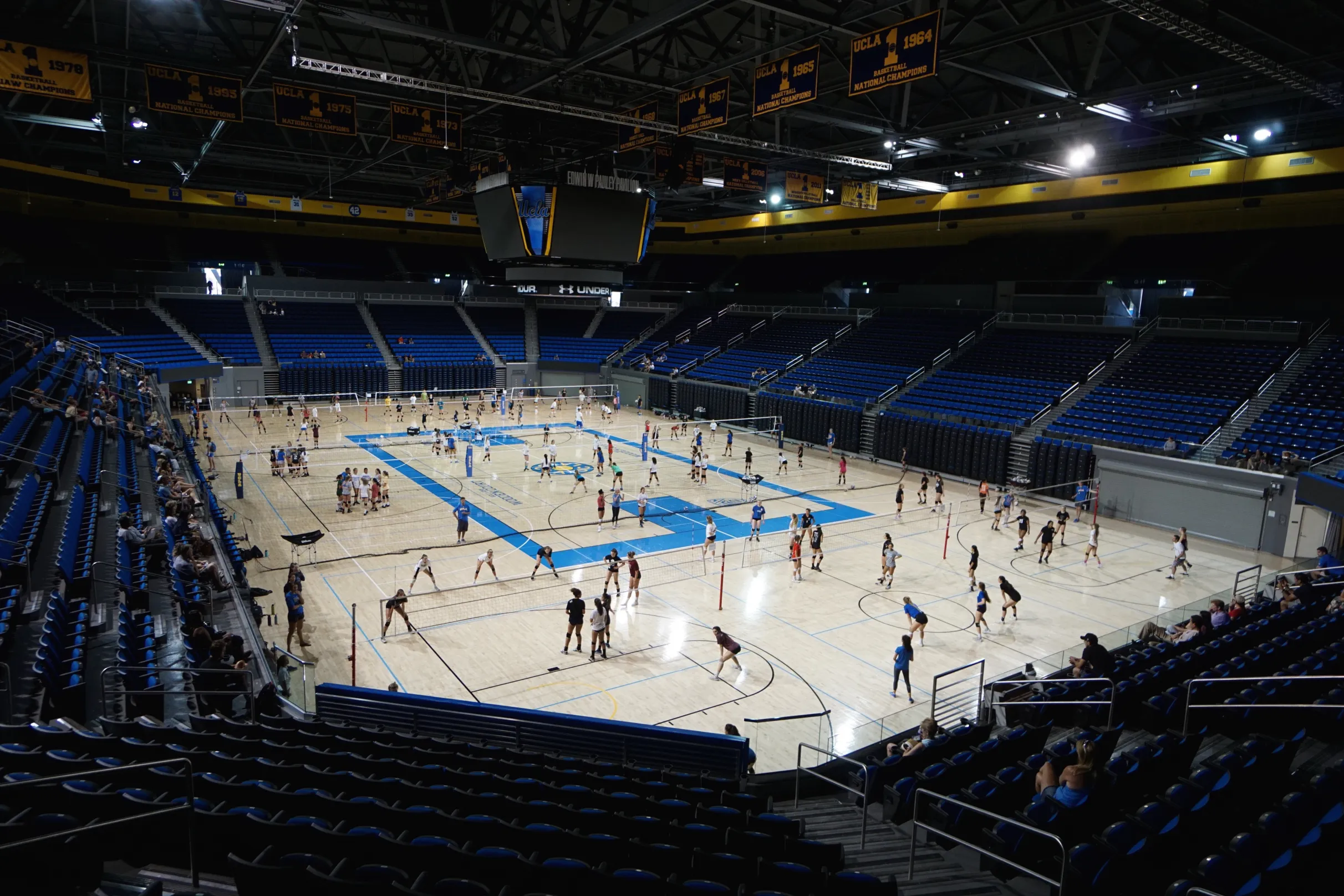
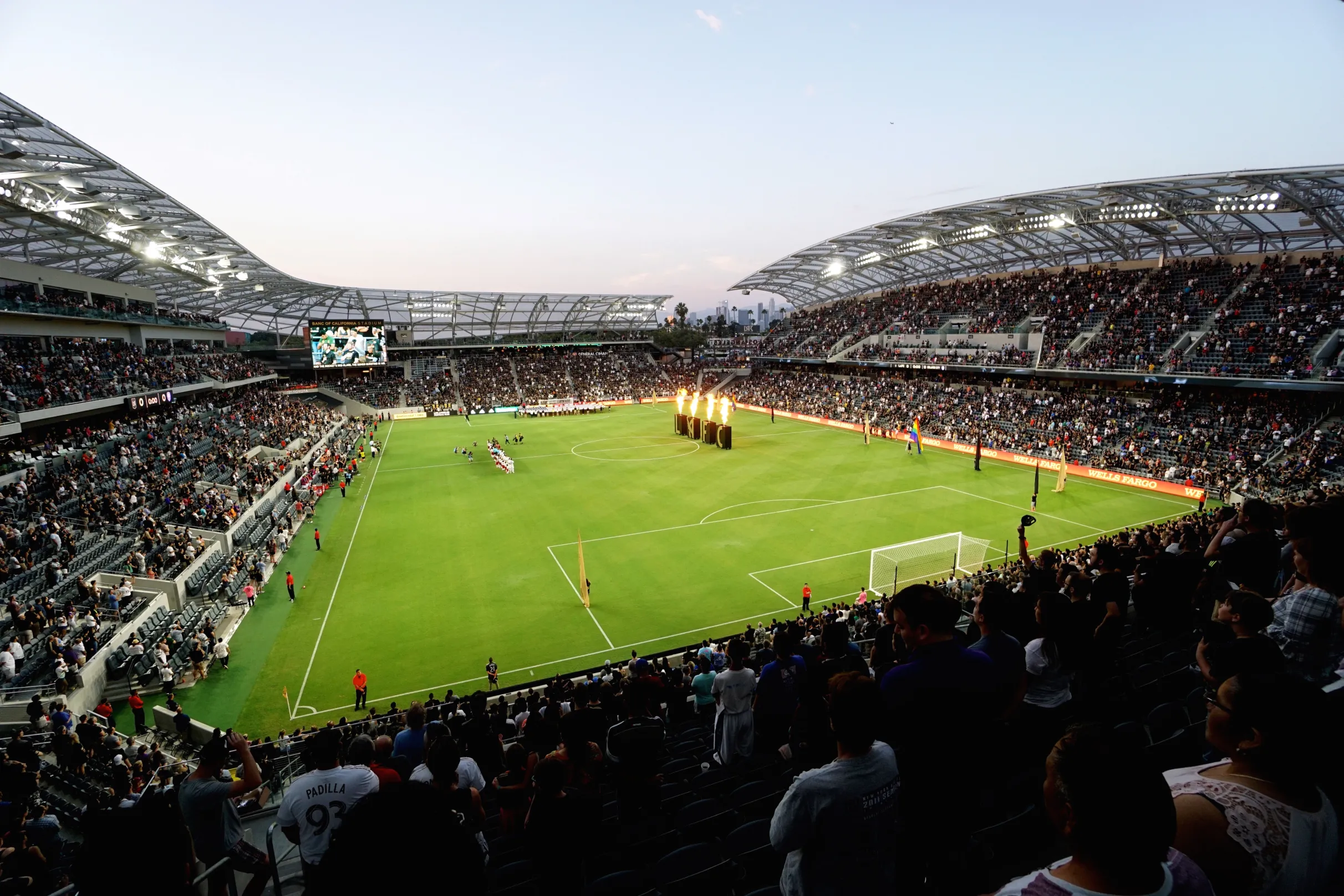
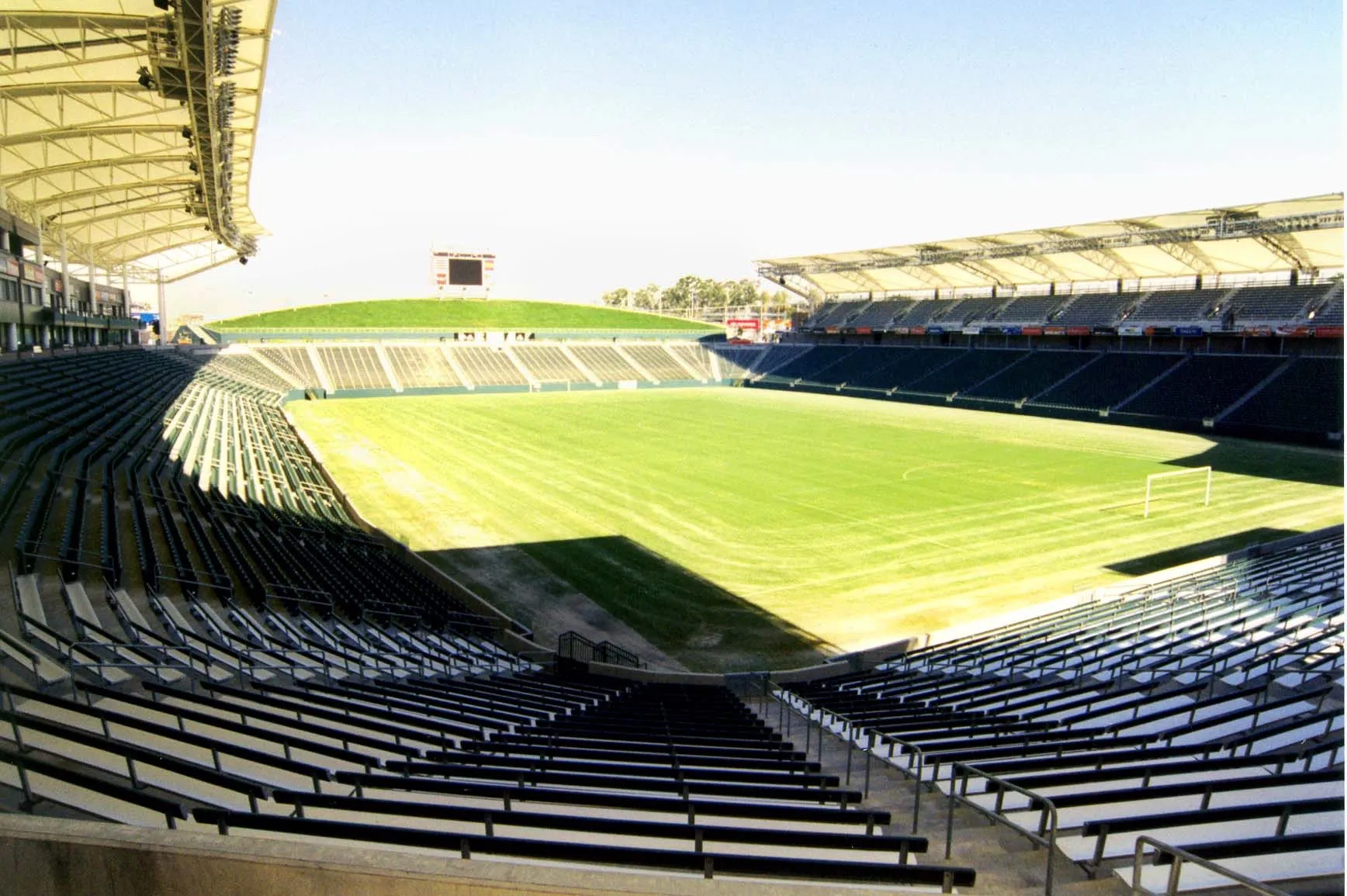
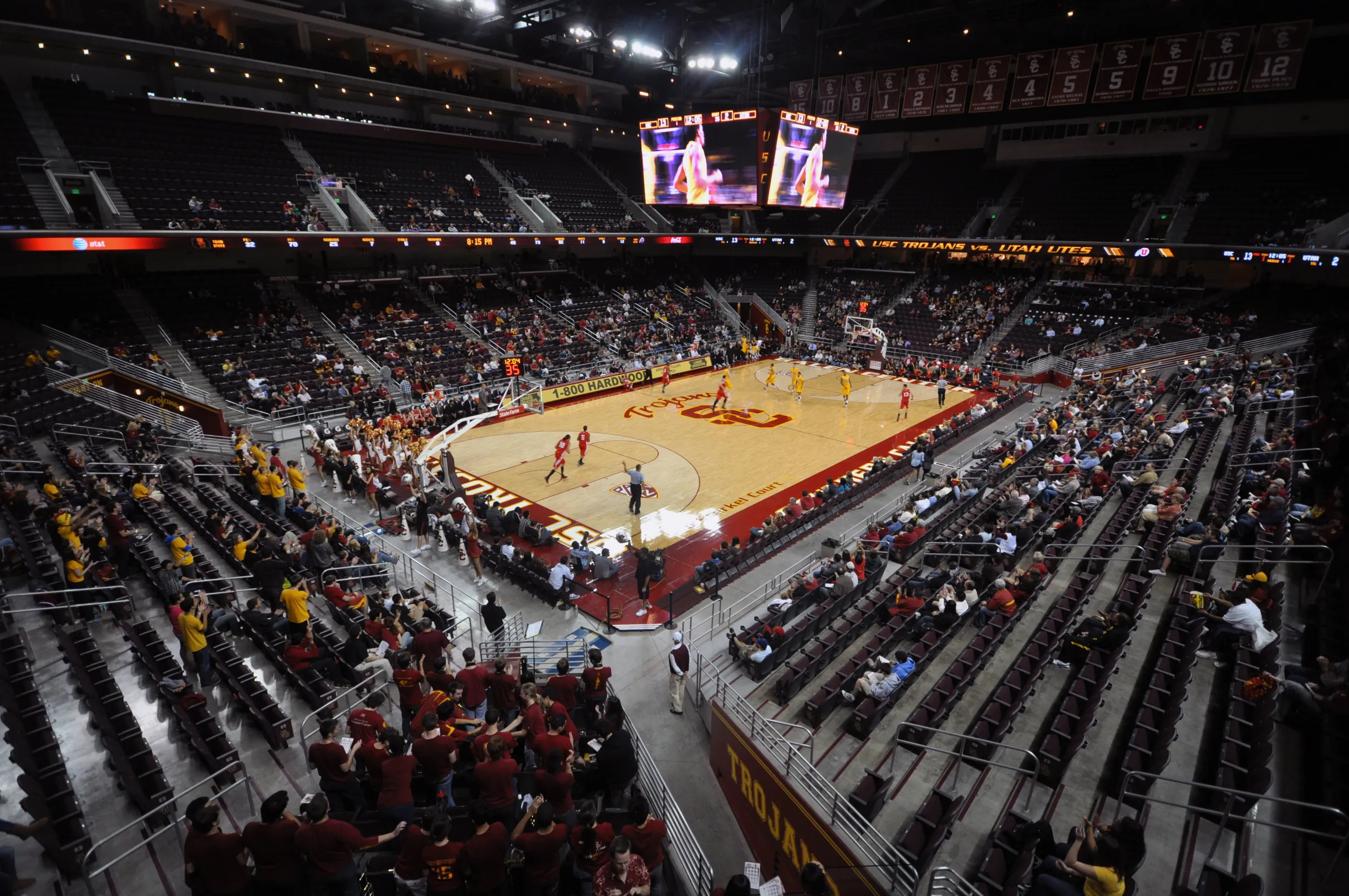
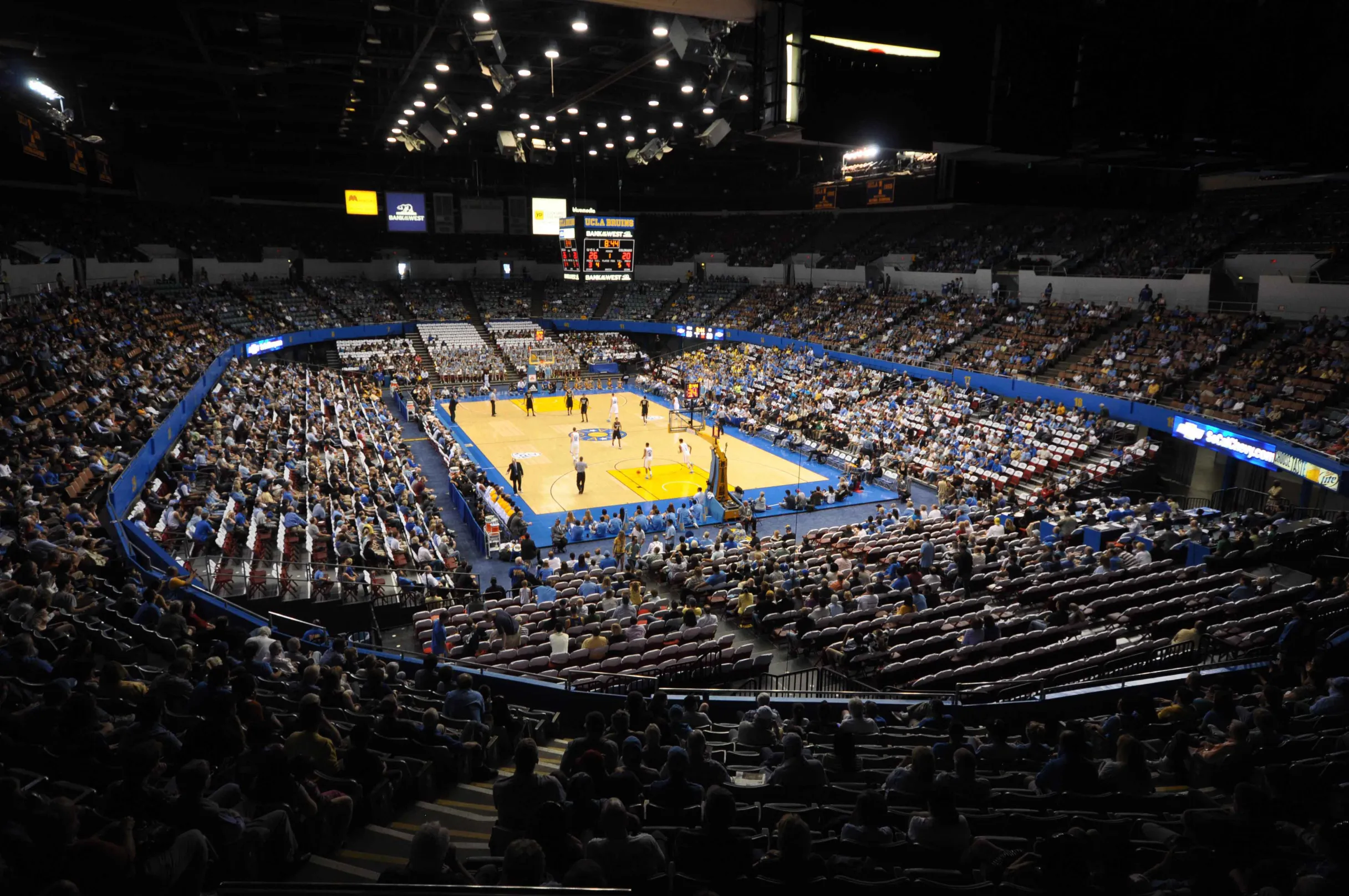
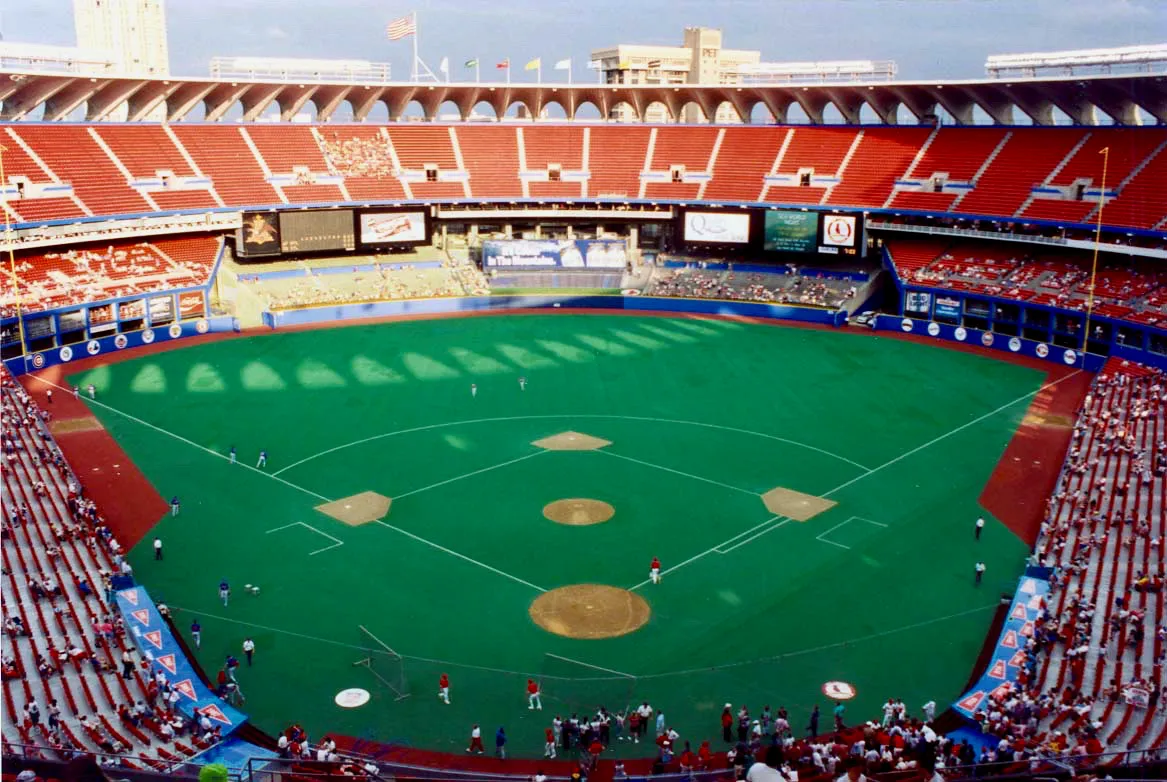
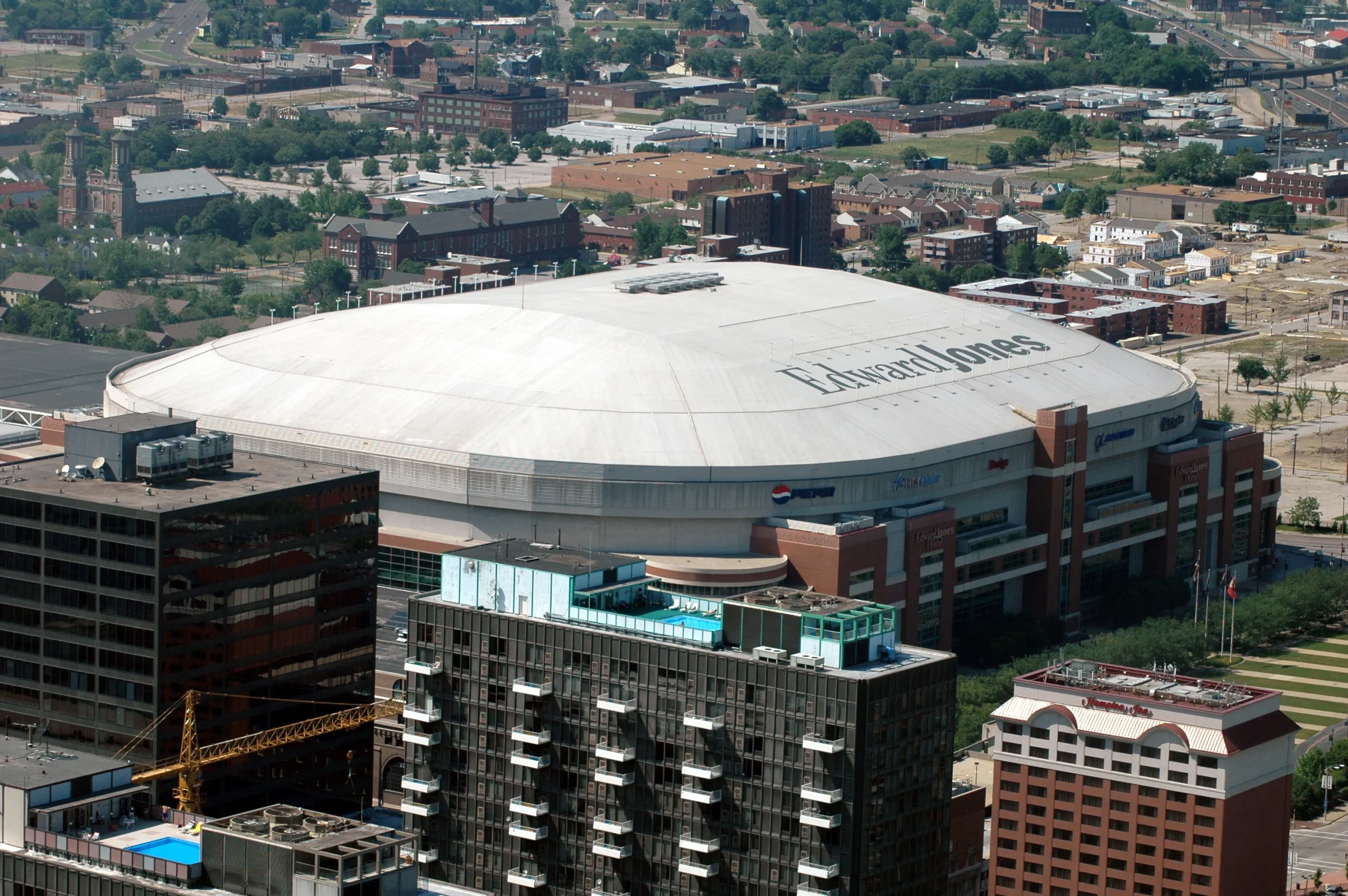
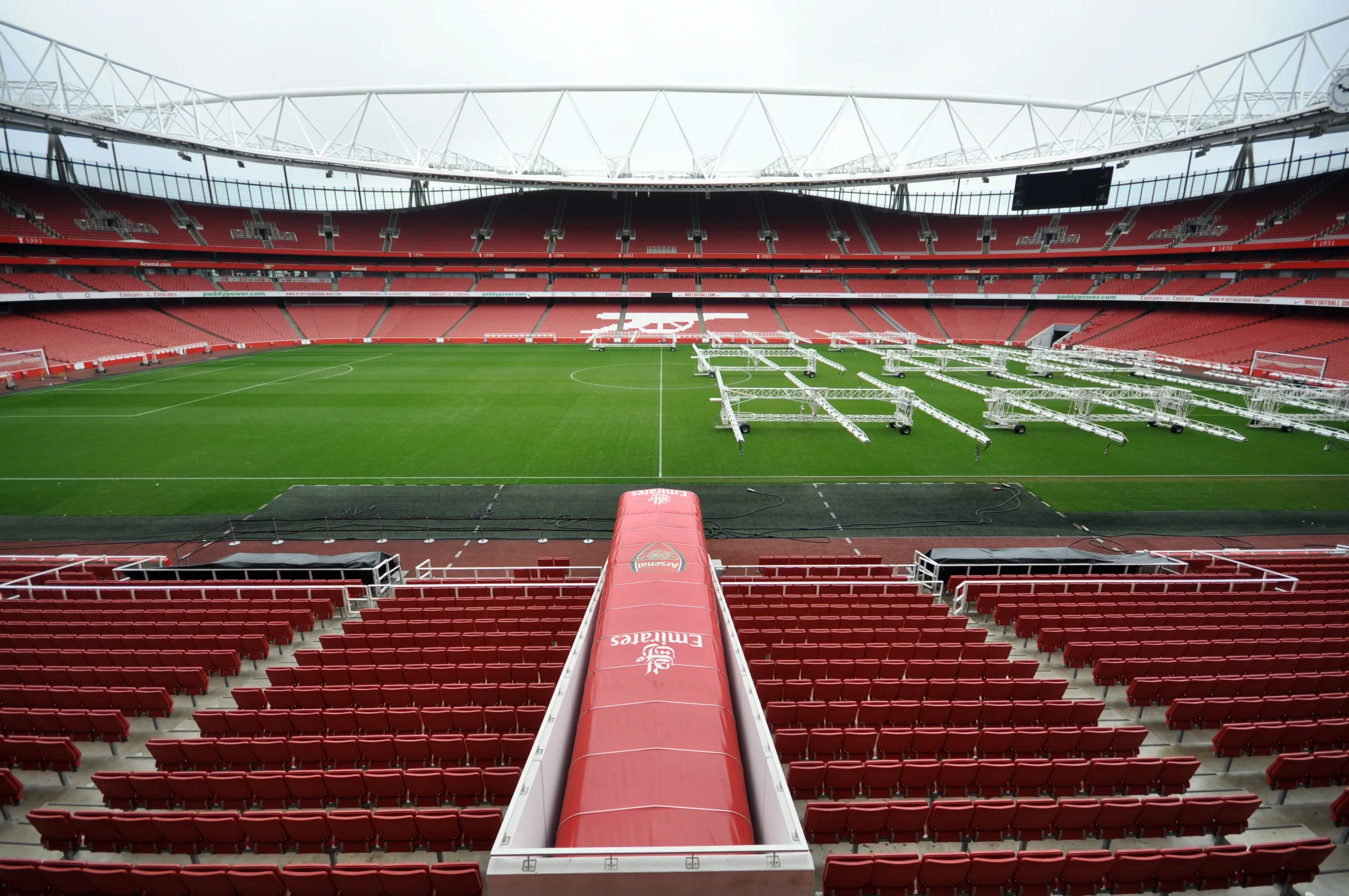
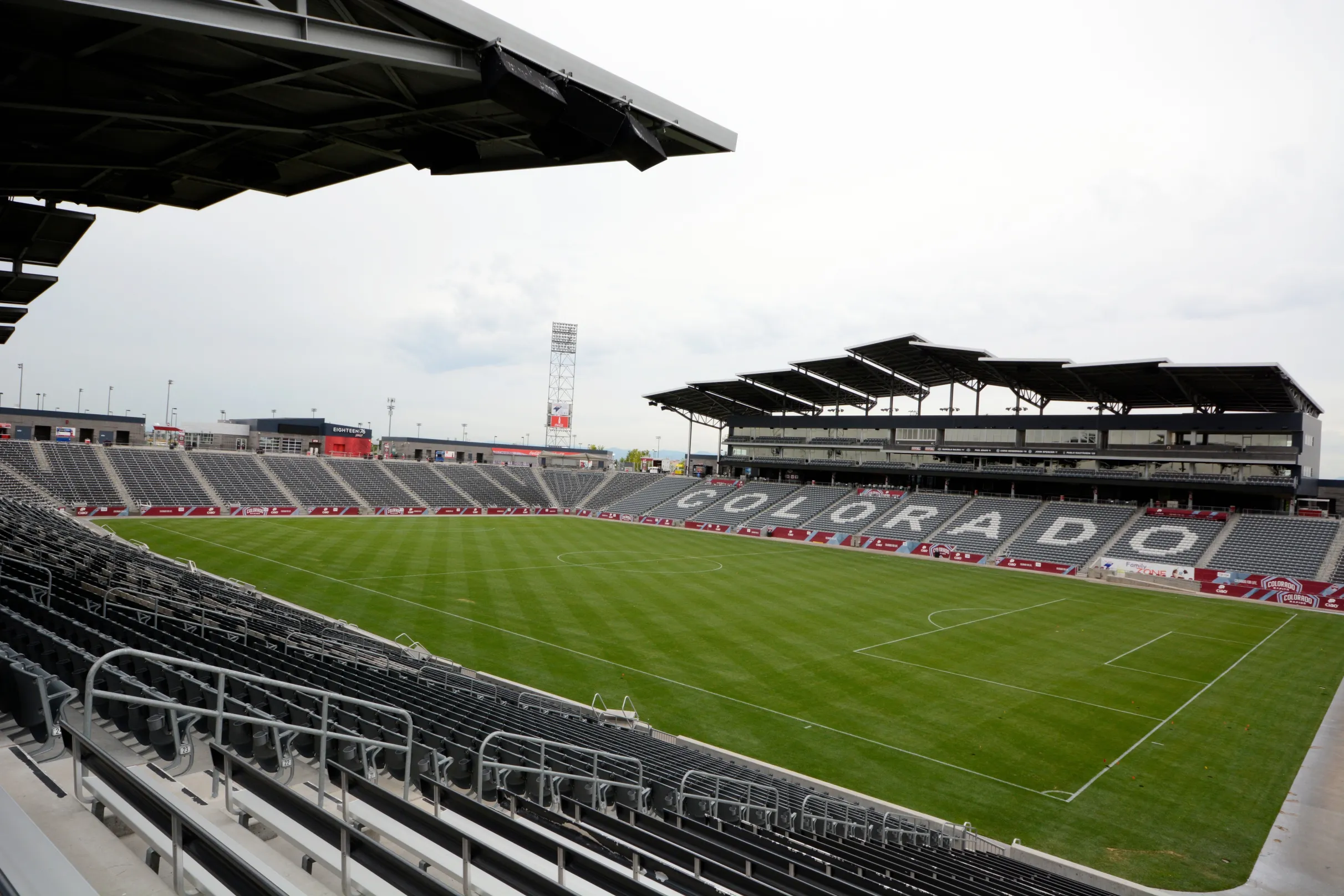
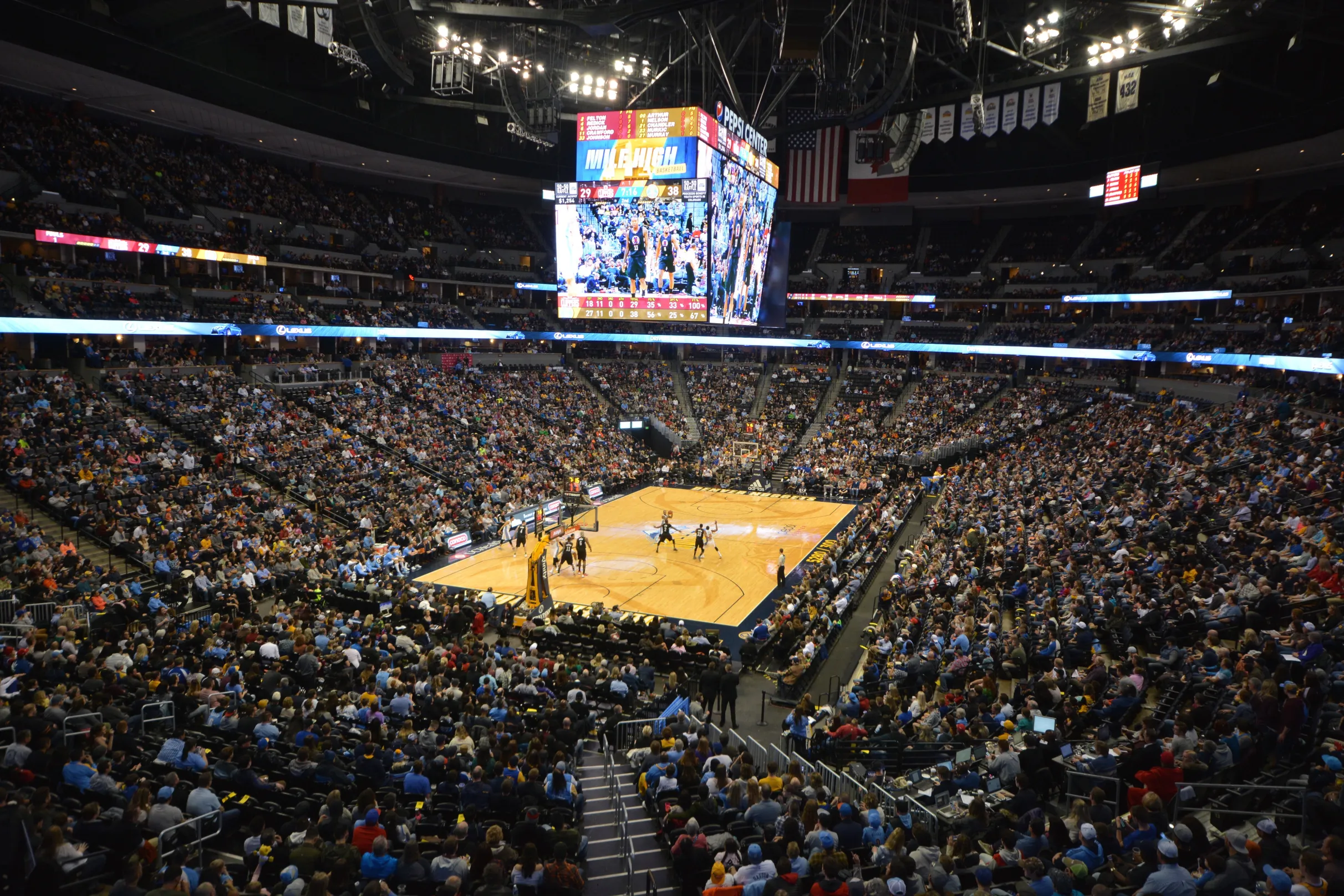
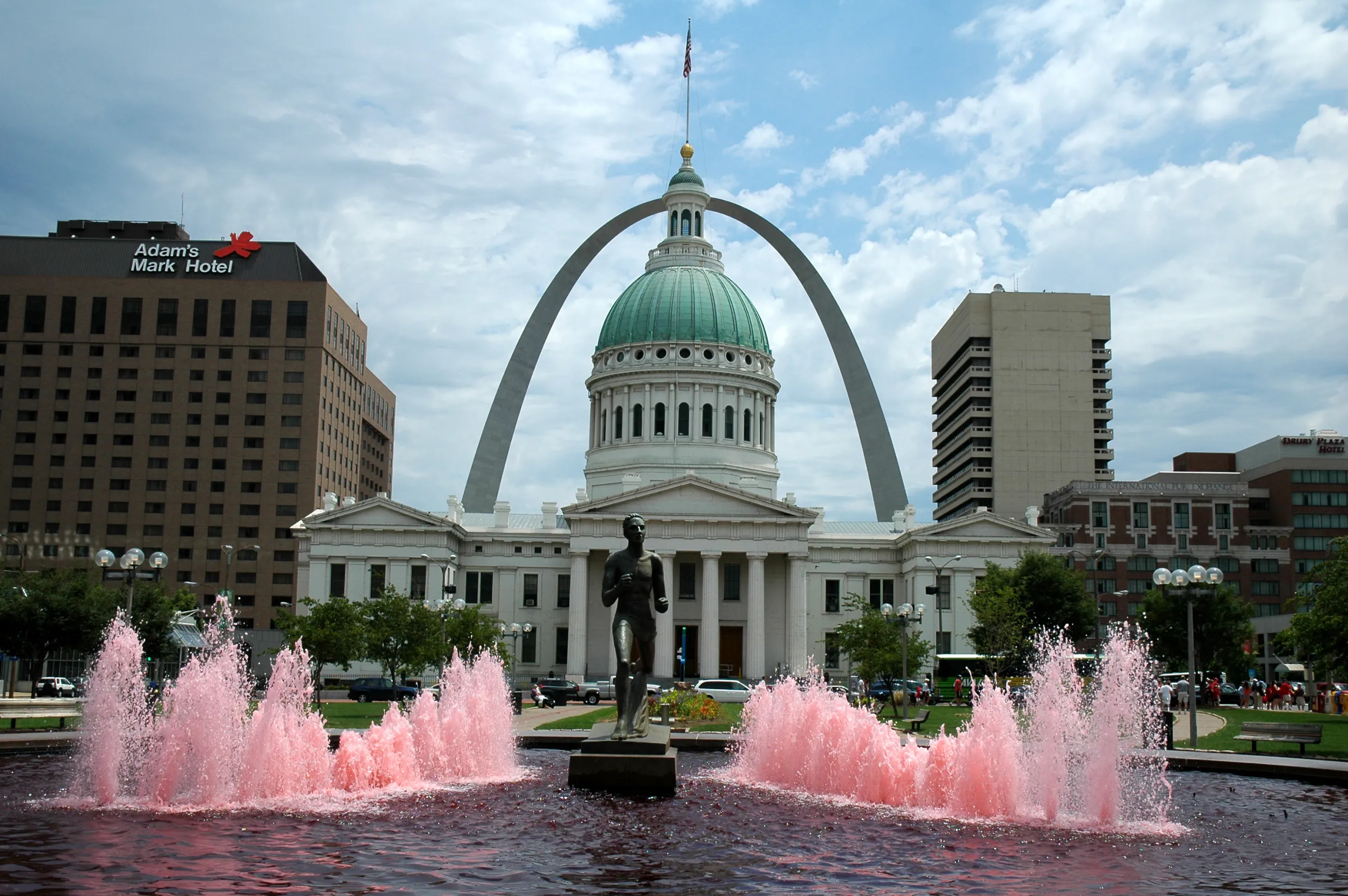
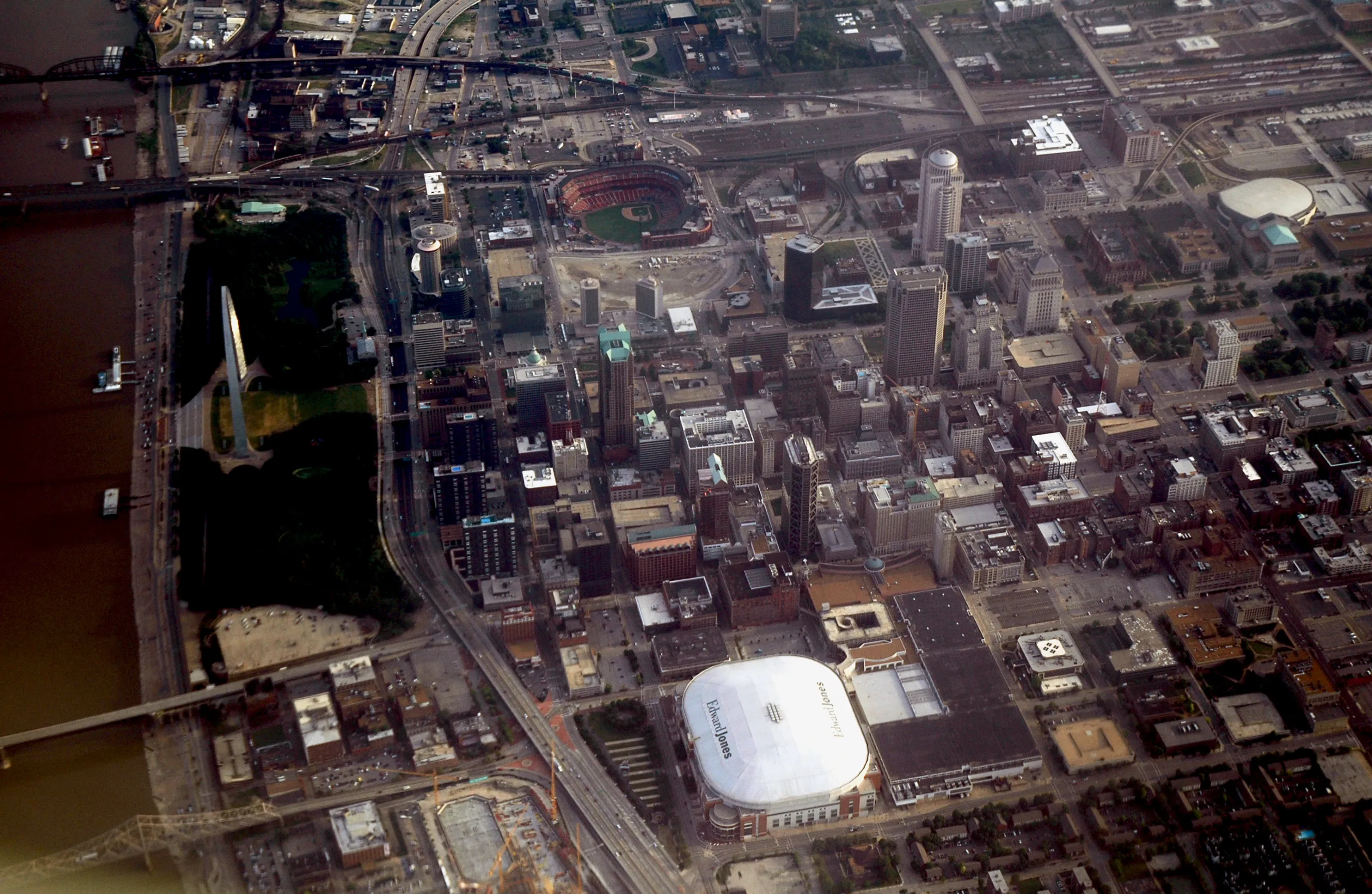
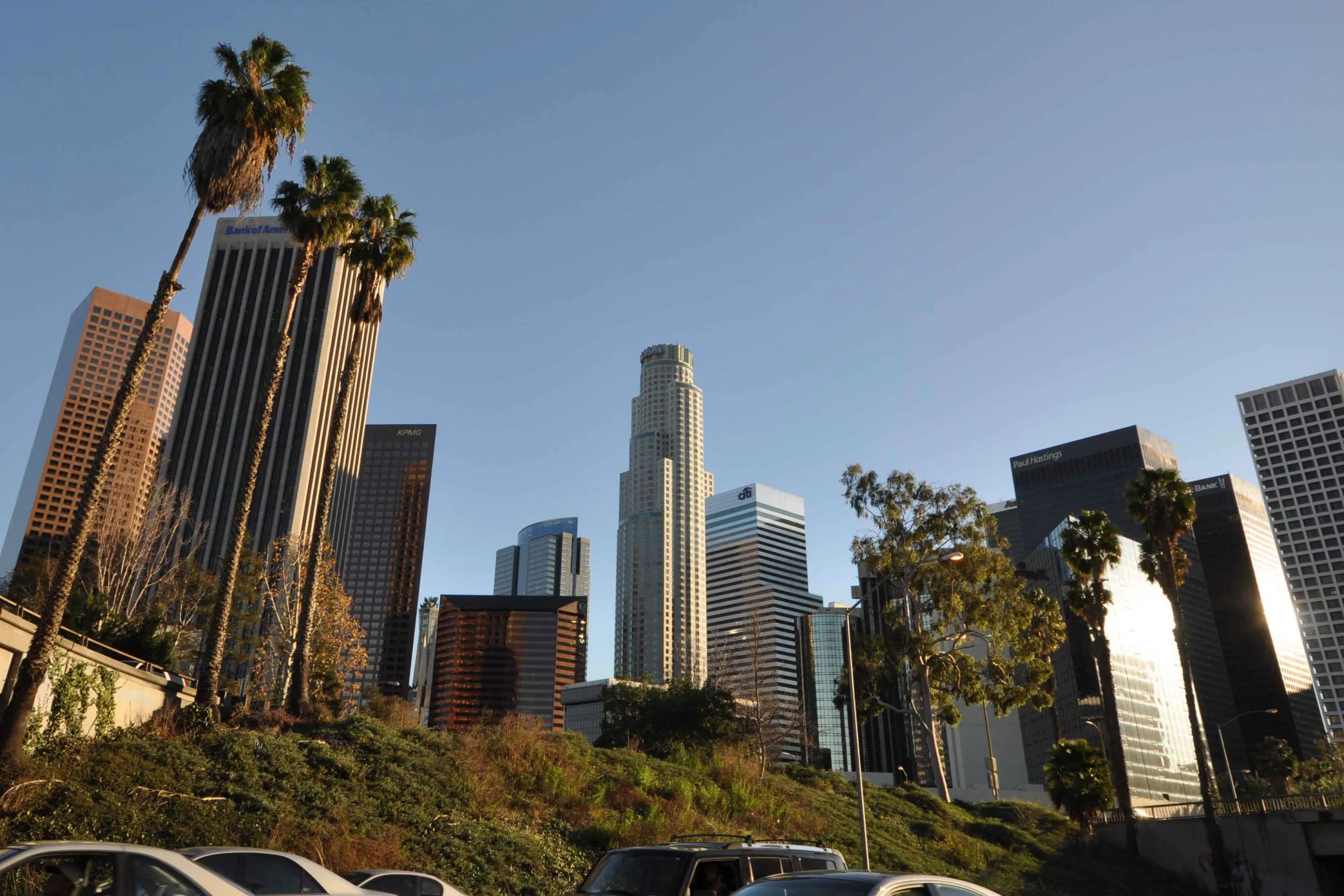
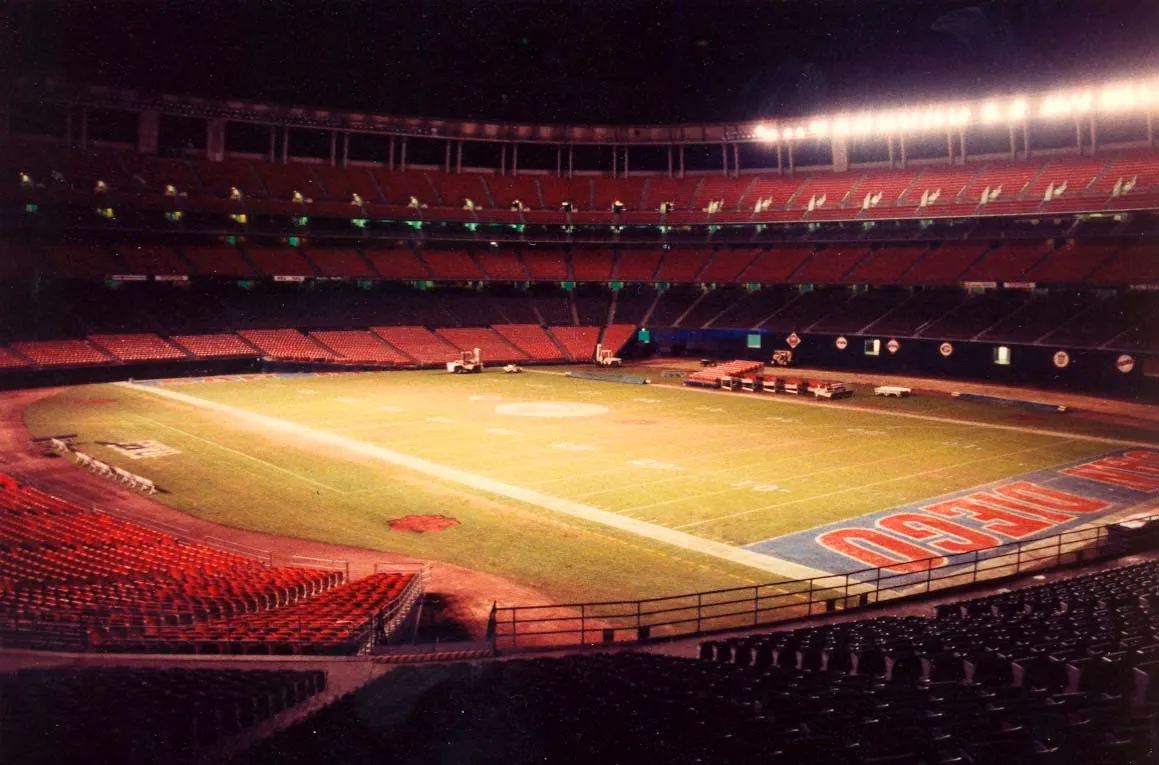
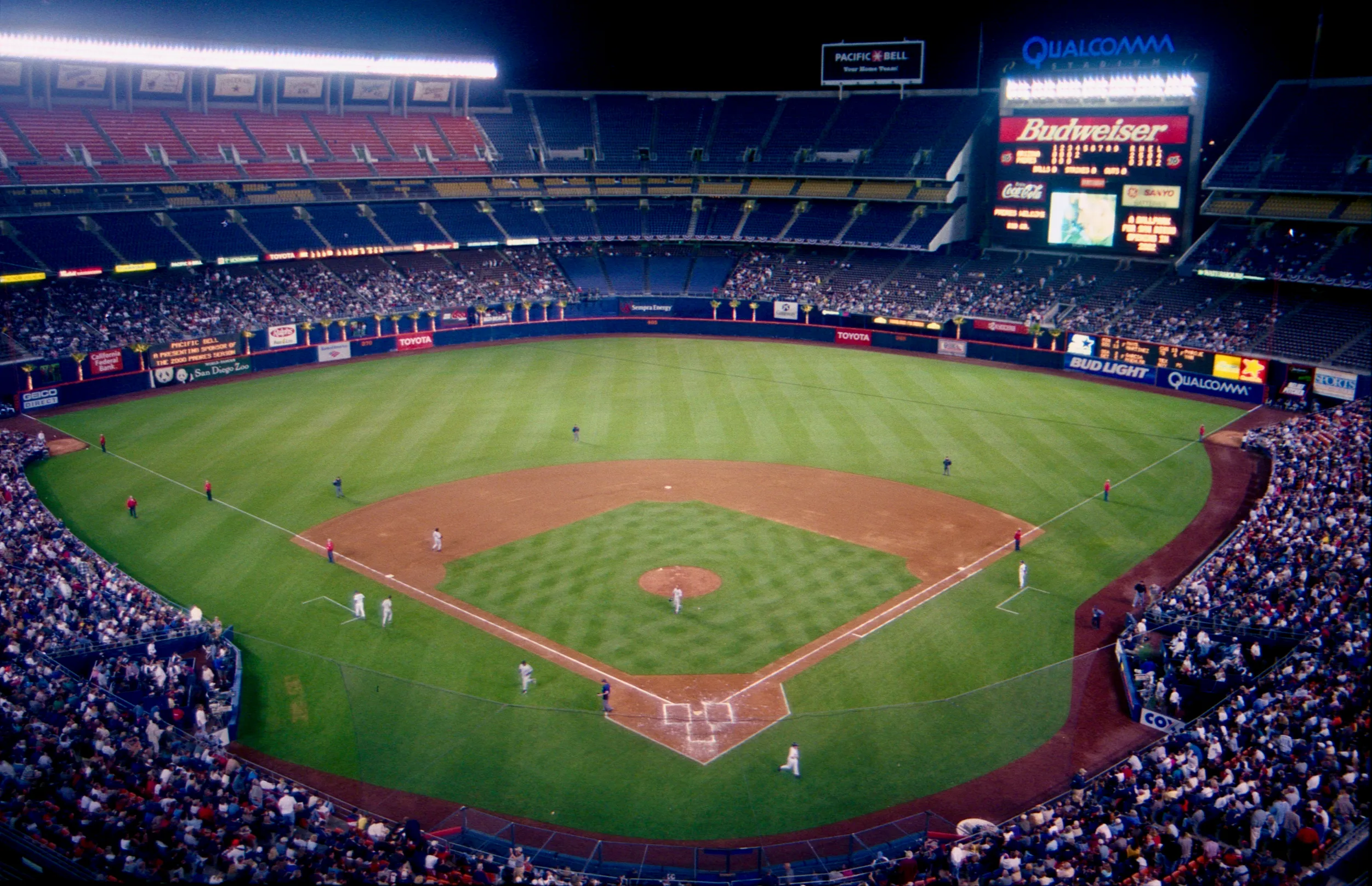
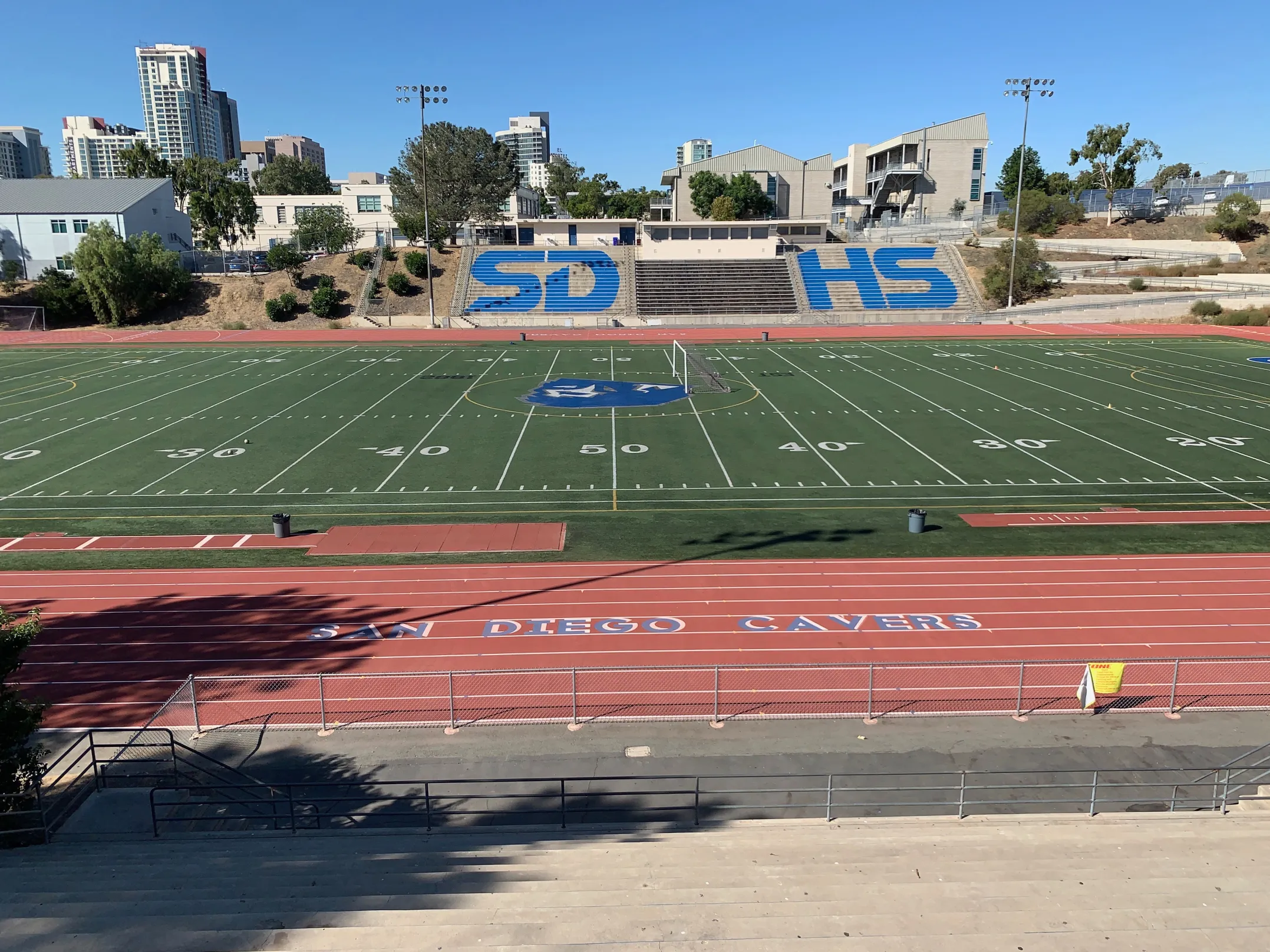
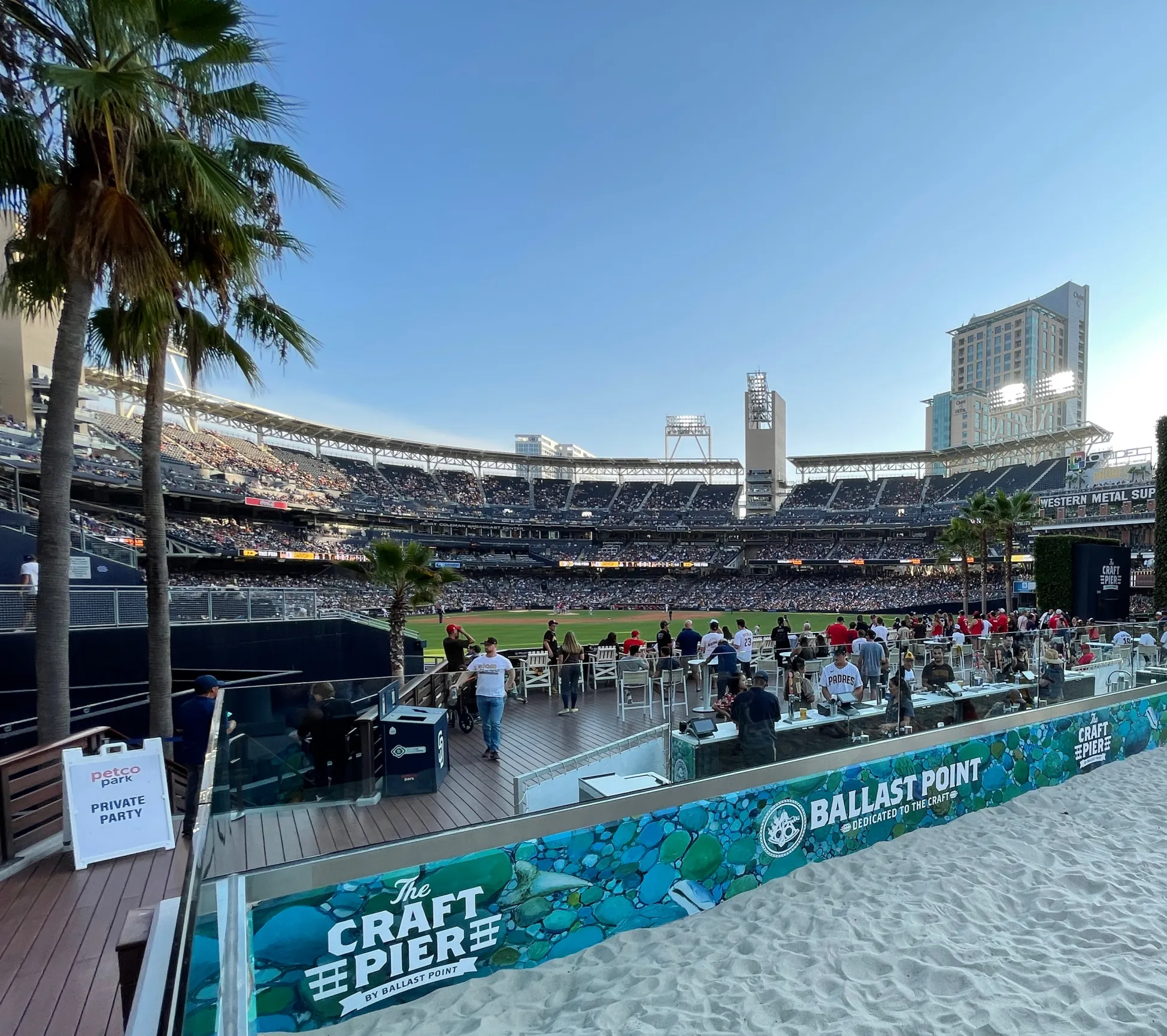
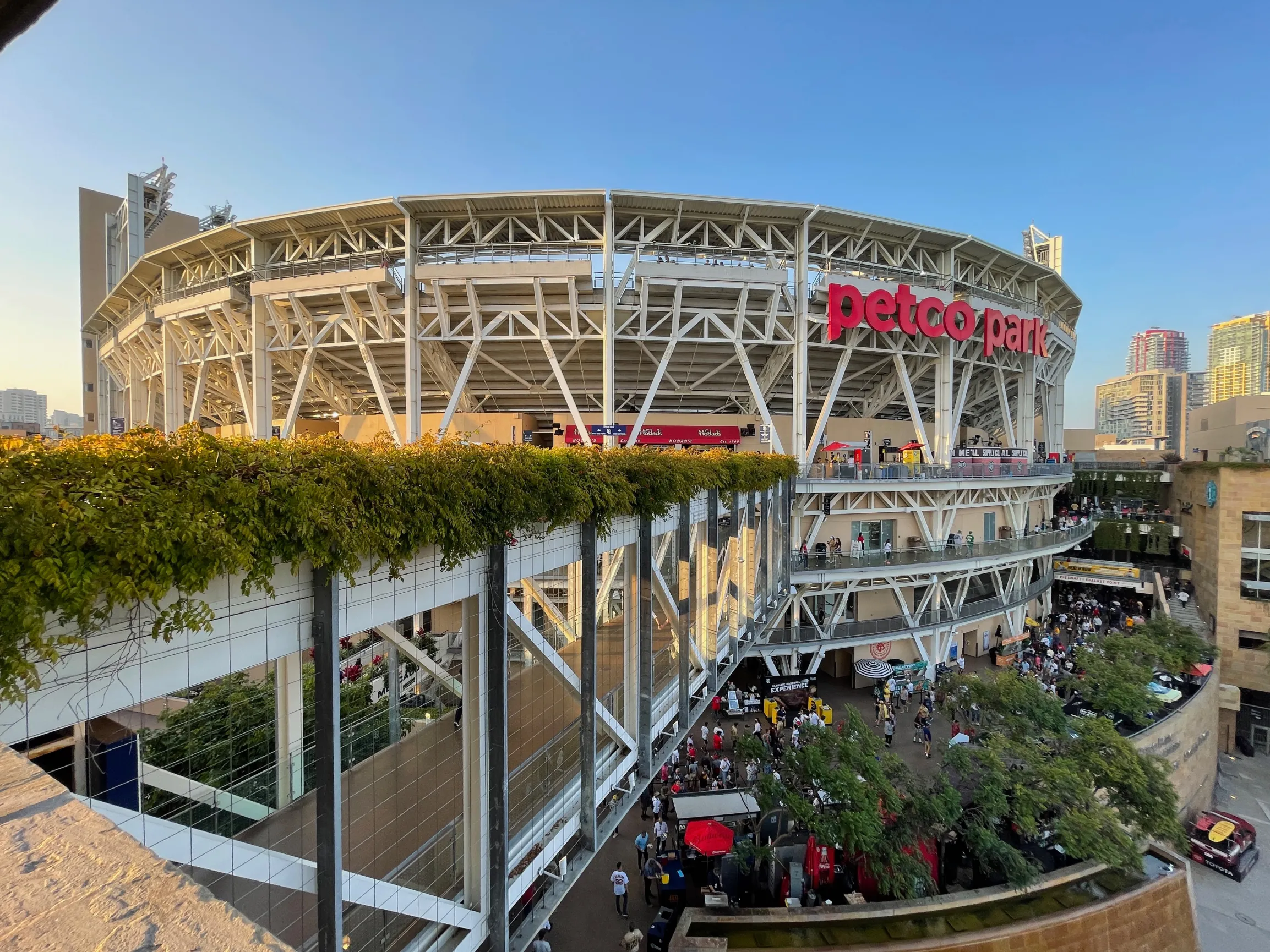
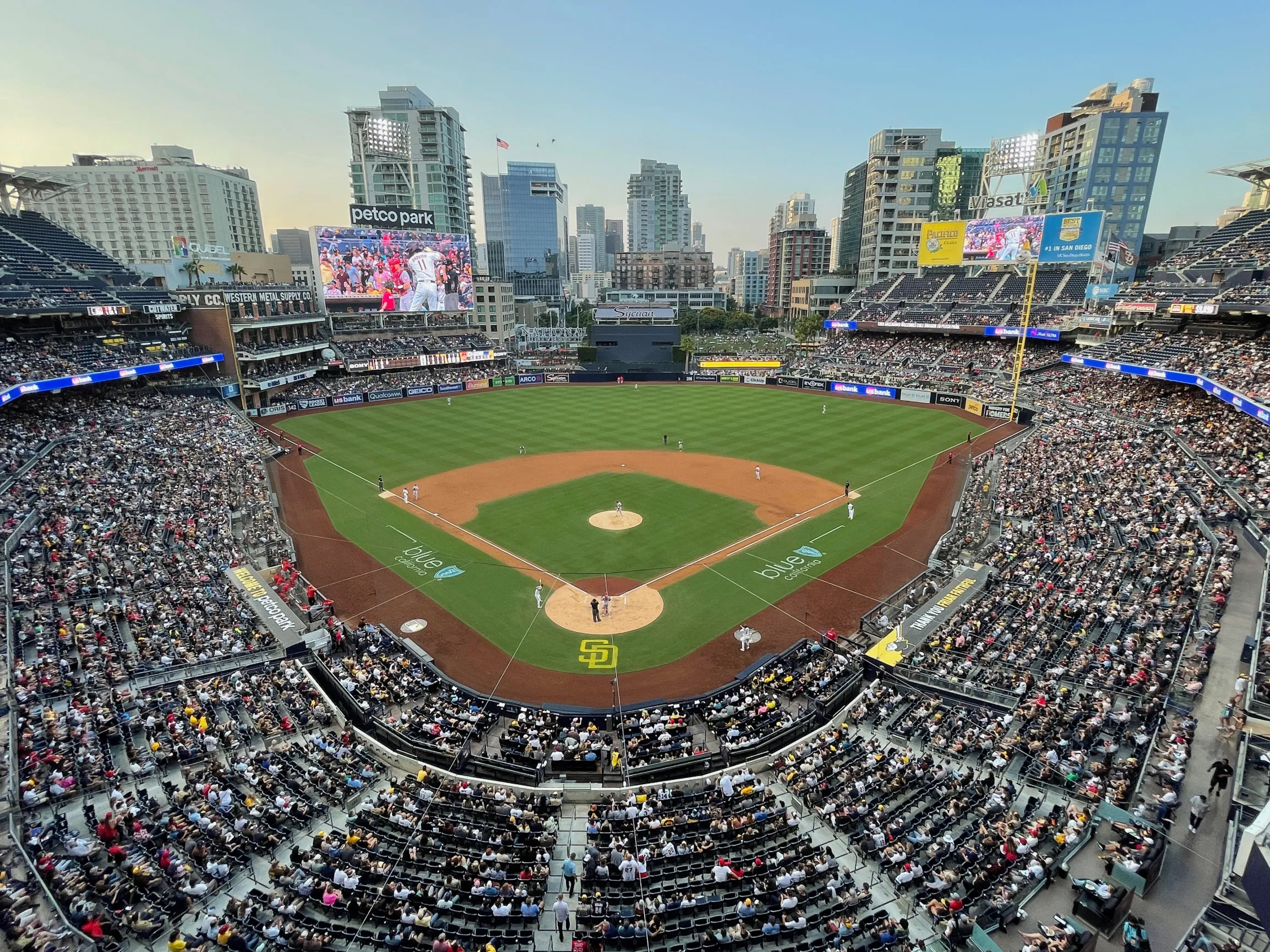
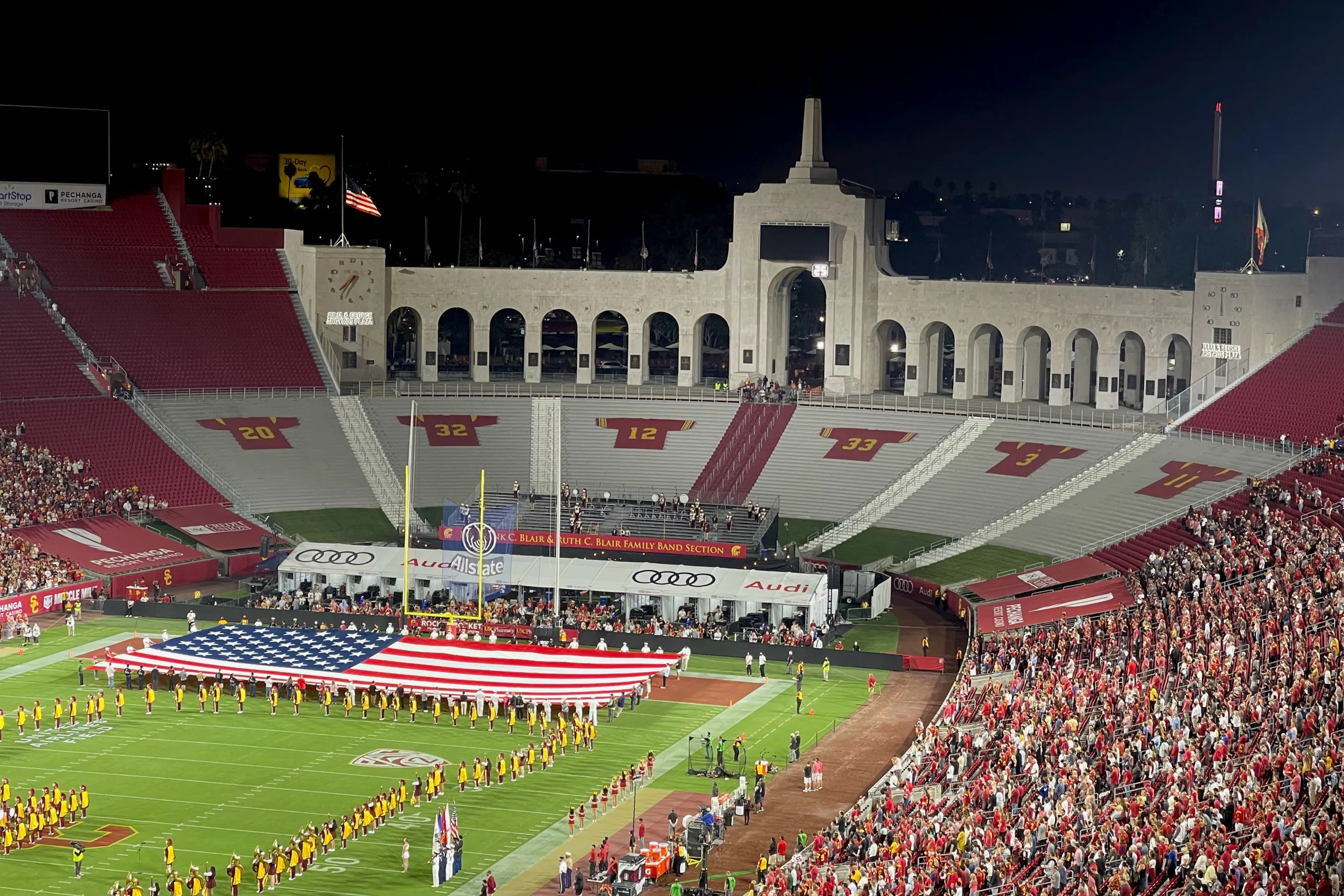
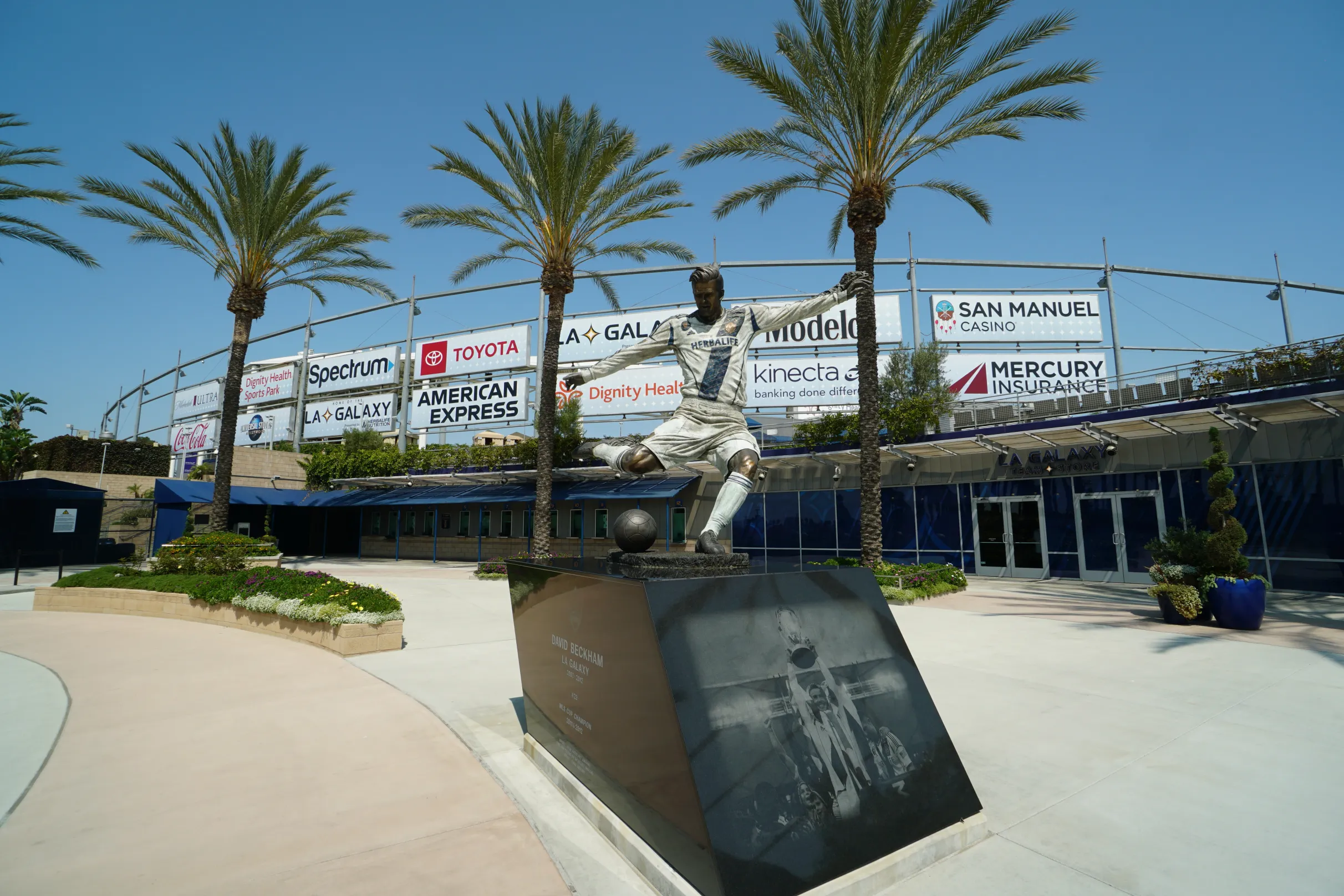
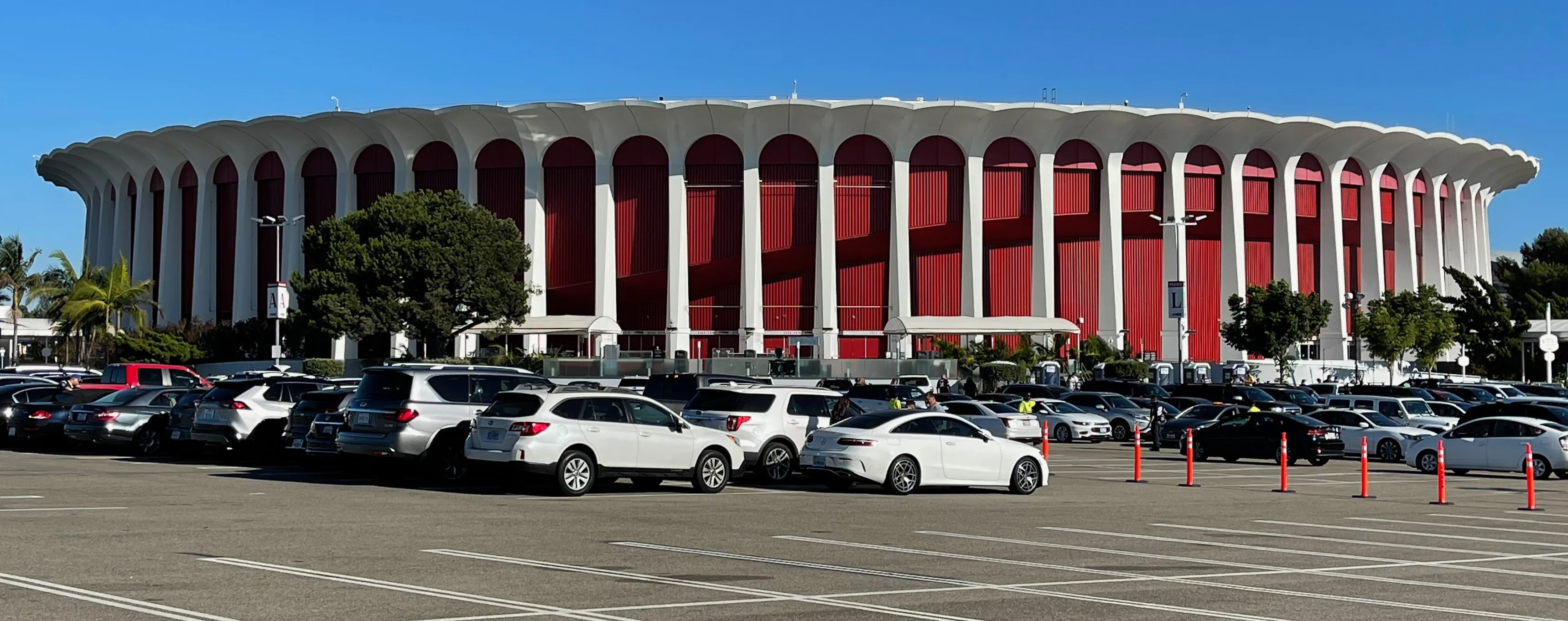
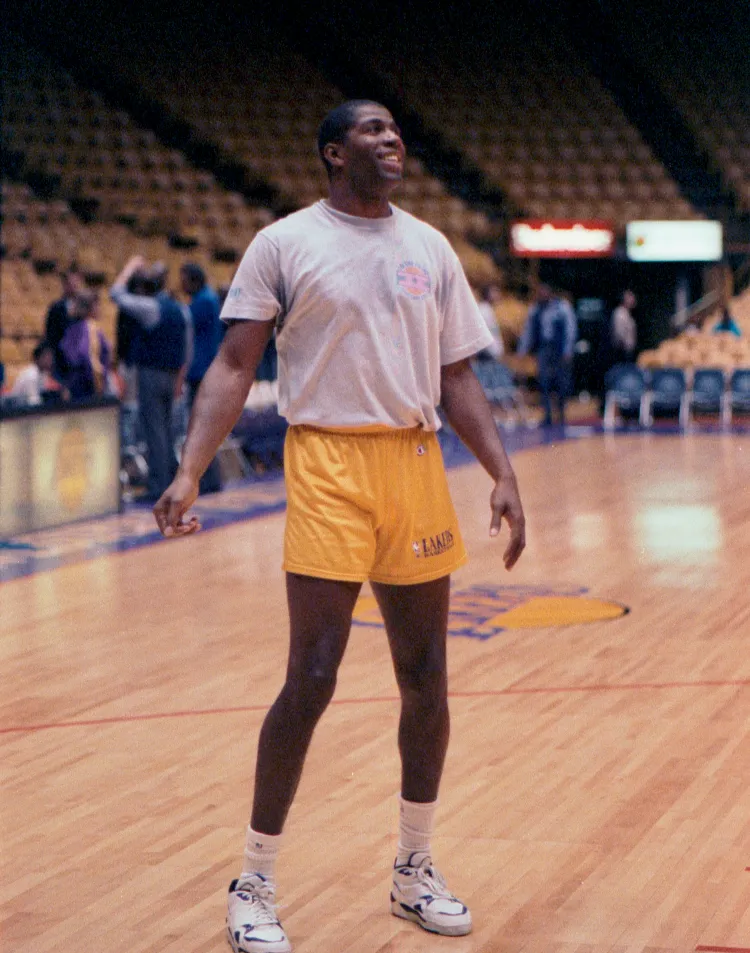
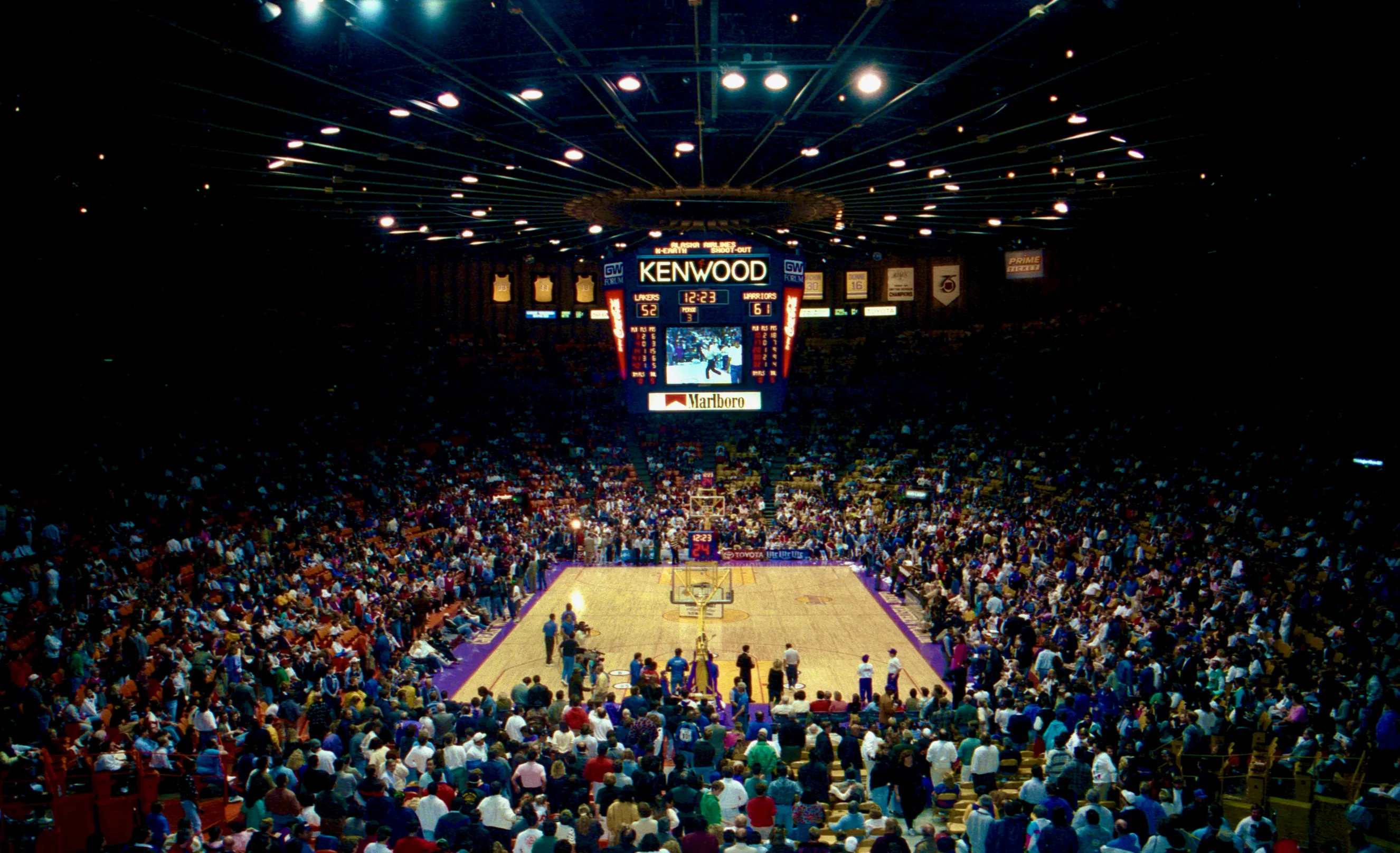
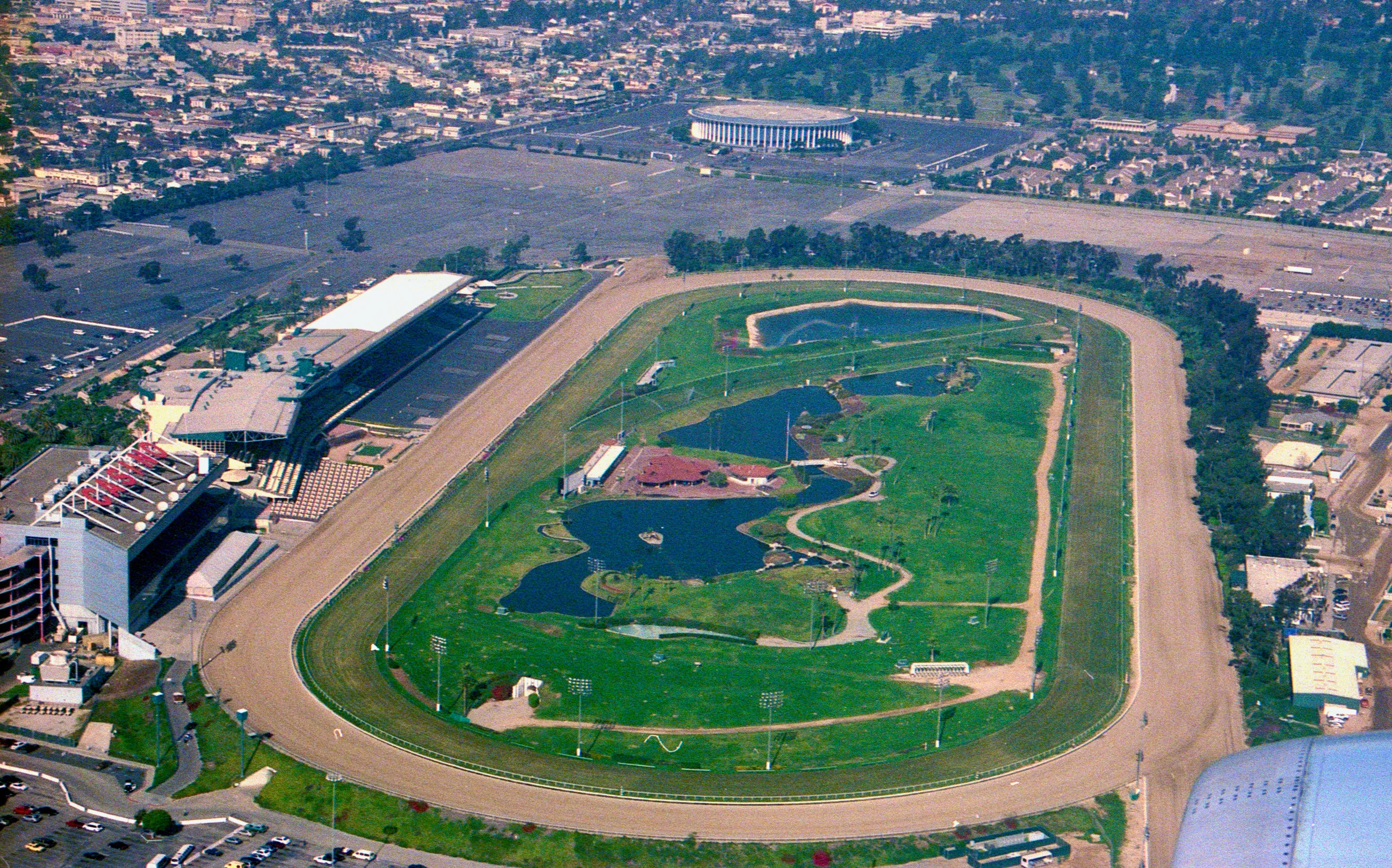
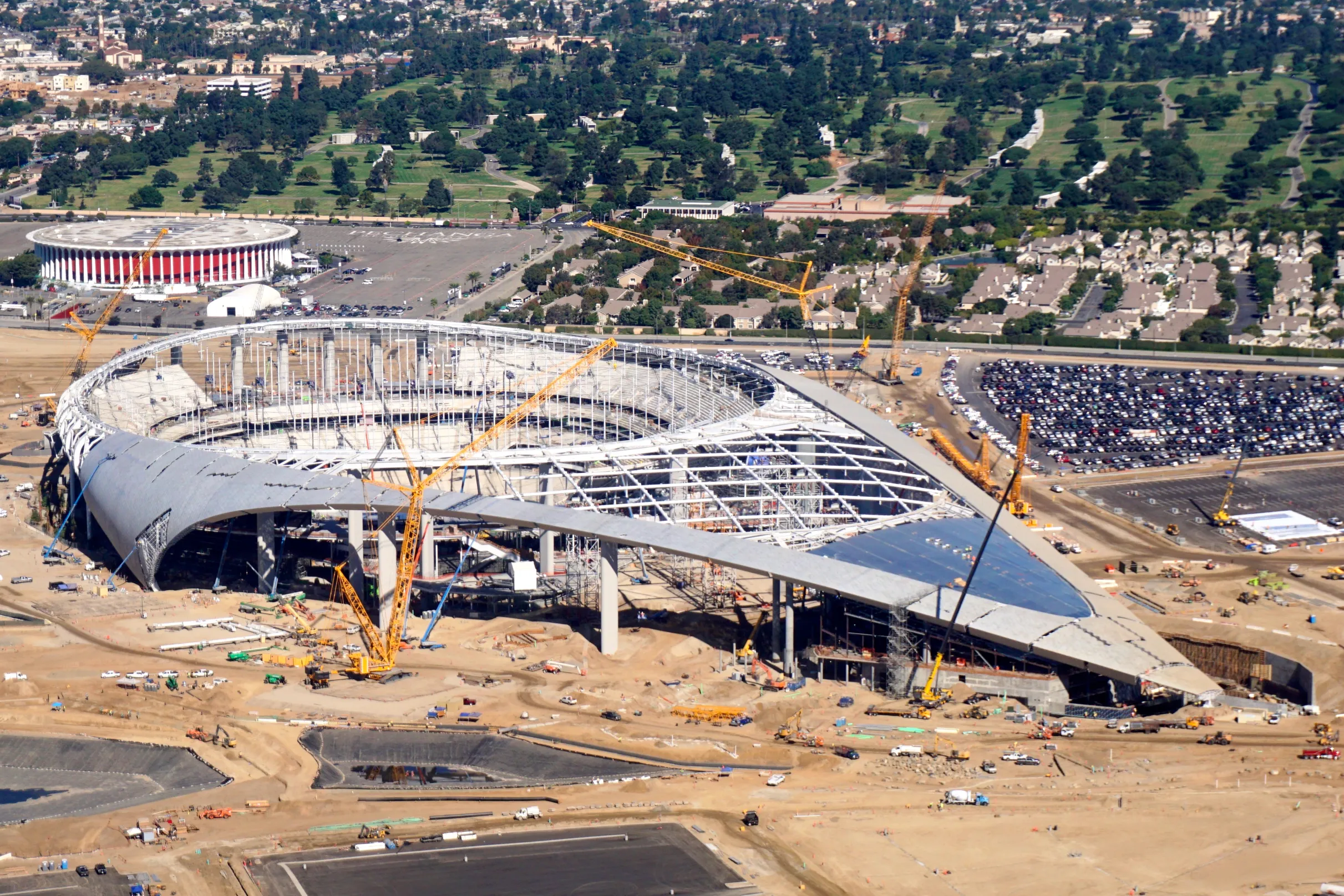
Commenti